Kathmandu Sightseeing
Namaste – It is a Nepalese greeting. It means: The light within me bows to the light within you.
Namaste – It is a Nepalese greeting. It means: The light within me bows to the light within you.
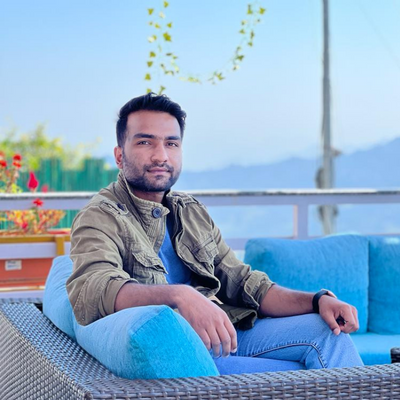
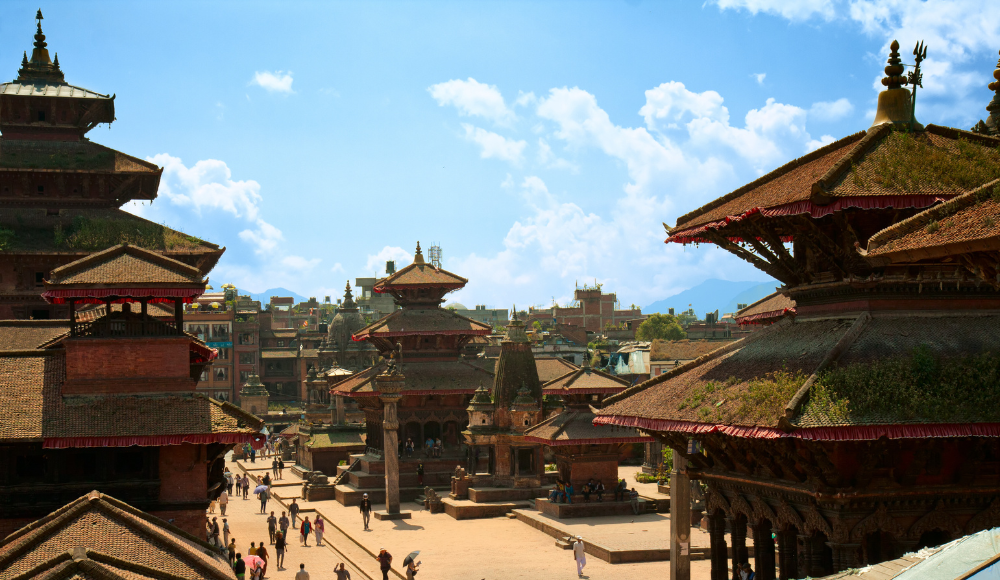
Have you ever wanted to travel abroad and see the world? Kathmandu, Nepal is a beautiful city that's never too far away from all of us. Let's take a look at the city and get an idea of what to expect if you were traveling there. Also, find the Kathmandu sightseeing places that are worth your time and enthusiasm and explore incredible historical tales behind the attraction.
Kathmandu is the capital and largest city of Nepal. It's a metropolis with a population of 5 million and developed in a valley surrounded by mountains. Kathmandu is a city that's rich in diversity and culture, with diverse ethnic groups residing here. Features unique to the city include well-preserved historical buildings and architecture from different time periods and cultures from various parts of Nepal and Asia.
Nestled at the foot of the majestic Himalayan Mountains, Kathmandu is Nepal’s major developed city. Its rich history and culture have become a major tourist attraction in recent years, featuring attractions and temples from the past. Besides being known as a backpackers' paradise, Kathmandu has become a rising metropolis with modern skyscrapers and wide Hindu festival grounds that attract over one million tourists annually.
Kathmandu is one of the oldest continuously inhabited cities in the world. It was founded by Raja Gunakamadeva in 723. Kathmandu Valley is located in central Nepal and includes the city of Kathmandu, Bhaktapur, and Lalitpur.
Kathmandu means the holy city. It was declared the capital of Nepal by 1769 after King Prithvi Narayan Shah conquered the place. Today, it has become a major tourist destination in Asia with its old and modern architecture, architectural monuments and spiritual places to visit. The city is considered the gateway to Nepal because it is located at an important junction and is home to the major international airport.
Sightseeing around Kathmandu valley enables you to explore the cultural attractions that are closely tied to the civilization of the city. Mostly the Hindu and Buddhist cultural monuments and temples are popular in Kathmandu valley. The majority of the population follows Hinduism, so, Hindu cultural festivities in the streets and a lot of temples around could be the reason for the Hindu majority. However, the country is established with secular beliefs in the modern days and religious and cultural harmony among the people of Nepal integrates beauty with diversity.
Kathmandu has been described as a huge, rambling city of five million people perched on a high Himalayan valley floor, with narrow, winding streets and overcrowded markets. It is the capital of Nepal, and it's also one of the most culturally enriched cities in the world. The city is surrounded by many hills and mountain ranges with legends of demons and evil spirits and ghosts. There are also some holy places in the Kathmandu Valley that attract a lot of tourists.
They are parts of the old cities that have been transformed into museums so everything has been maintained in its original form to reveal the country's rich history for everyone to see. The Durbar Squares and Royal museums are an incredible source of history that shaped Nepal's political scene into a monarchy and modern-day democracy. The city not only has very old palaces, but also beautiful architectural temples and shrines. There is a religious significance in each and every place in Kathmandu and it is easy to get lost in the maze of narrow streets and small lanes.
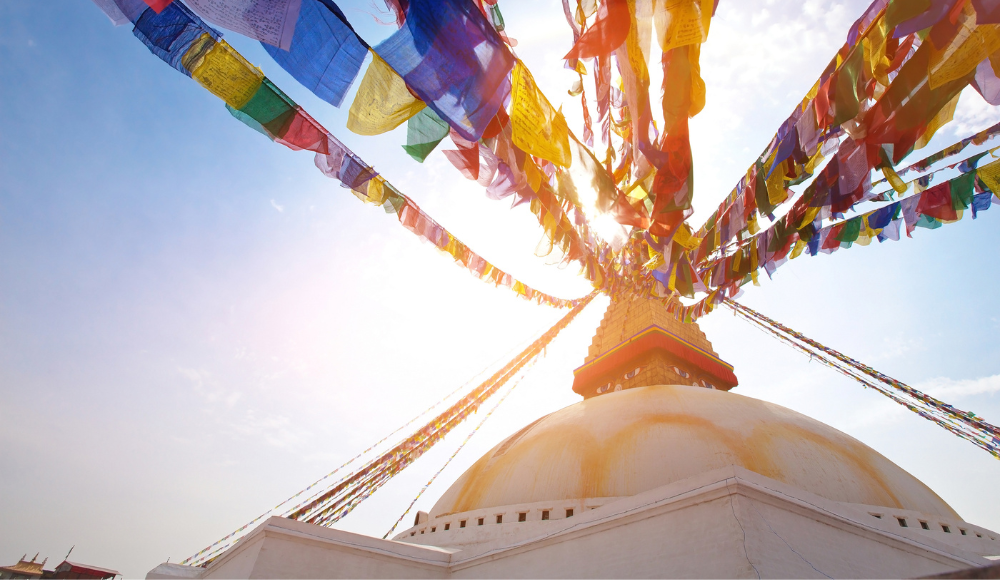
The natural beauty that surrounds Kathmandu valley is no different than the rich tapestry of its people and their traditions. While Kathmandu may have once been renowned for its tourism, it's now also known for its cuisine and music. It's a place where the past meets the present in an ongoing reflection of ancient ideals, beliefs and values. Kathmandu is home to multiple religions: Hinduism, Buddhism, Christianity, Muslim and Bon religions all co-exist peacefully in many parts of the city.
|
City |
Kathmandu Valley |
|
Province |
Bagmati |
|
Districts |
Kathmandu, Bhaktapur, Lalitpur |
|
Elevation |
Approx. 1400 M |
|
Founded by |
Manjushree, King Gunakamadeva (Historical Tales) |
|
Area |
665 Sq. KM |
|
Known for |
Cultural and Religious Attractions |
The Kathmandu Valley has been the home to a succession of civilisations and religious traditions from ancient times to the present day. It is a 220 square-mile bowl located 4,000 feet up in the lap of the central Himalayas and was known as ‘Nepal’ centuries before the contemporary nation-state of that name rose to prominence. A tale describes how the Bodhisattva Manjushri descended from the north, cleft the valley's rim, and released the waters of a massive lake, making the valley habitable and allowing for the spread of Buddhism.
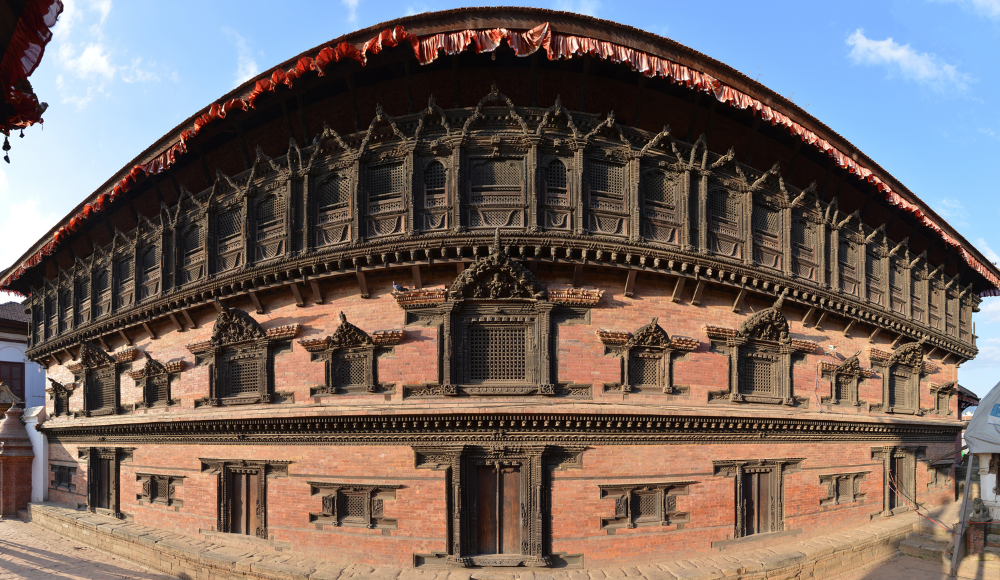 The oldest religious sites in the valley, both Hindu and Buddhist, were built by the Licchavi monarchs between the fourth and ninth centuries, but its exceptional built environment was developed by the Malla kings between the thirteenth and eighteenth centuries.
The oldest religious sites in the valley, both Hindu and Buddhist, were built by the Licchavi monarchs between the fourth and ninth centuries, but its exceptional built environment was developed by the Malla kings between the thirteenth and eighteenth centuries.
Invading the valley in the middle of the 18th century was King Prithvi Narayan Shah of Gorkha, who lived in the hills of Gorkha in the west of modern-day Kathmandu. The inability to unite against him resulted in the Malla monarchs being overpowered and driven from their lands. Prior to conquering and annexing a large portion of the area that is now Nepal, the Shah king just moved his court from Gorkha to the Hanuman Dhoka palace in Kathmandu. The monarch grew fond of the regional building styles, so when he expanded the palace in 1770, he had the renowned nine-story Basantpur Tower built in the native Newar style.
Dictatorship followed as the Ranas rose to absolute power after the Shahs established their dominance over the Gorkhas. The first prime minister, Jang Bahadur Kunwar, took office in 1846. He was succeeded by a series of Rana prime ministers, who held office until 1950. A landed nobility ruled Kathmandu under the Rana dynasty, with the parliamentary system serving primarily as a showpiece. Although the nation remained stable, political and economic advancement were put on hold as a result of the Ranas' isolationist policies and absolute dominance over domestic matters.
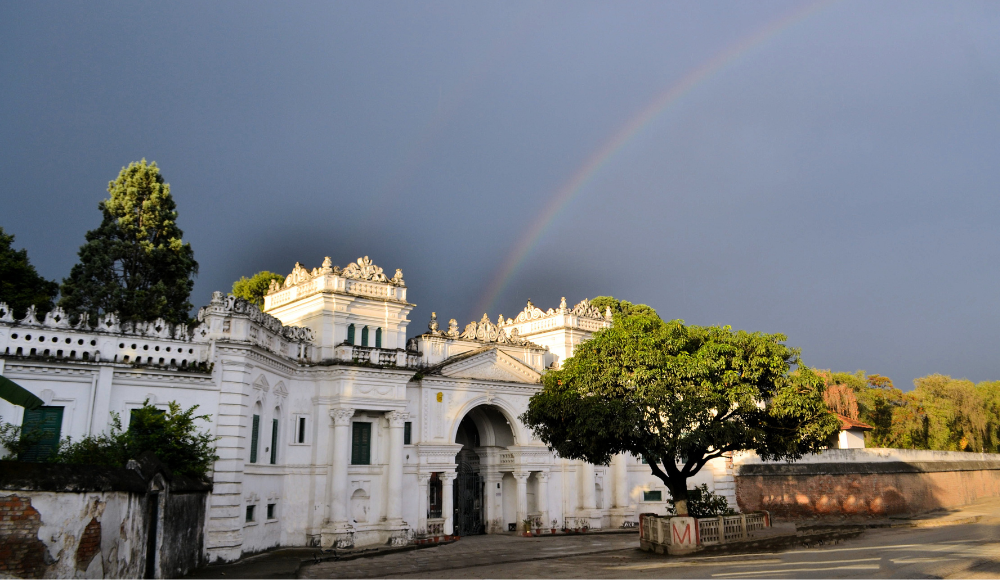 The Ranas were obliged to give up all executive responsibilities to the Monarchy in January 1951, including control over the military, the appointment of government officials, and financial administration. This shifted the tide in favor of the monarchy of the Shahs. As a result of Mohan Shamsher's submission, King Tribhuvan reclaimed the throne. The king eventually assumed direct rule after a series of prime ministers assumed executive control.
The Ranas were obliged to give up all executive responsibilities to the Monarchy in January 1951, including control over the military, the appointment of government officials, and financial administration. This shifted the tide in favor of the monarchy of the Shahs. As a result of Mohan Shamsher's submission, King Tribhuvan reclaimed the throne. The king eventually assumed direct rule after a series of prime ministers assumed executive control.
King Tribhuvan passed away in 1955, and Mahendra became the new monarch. Nepal joined the UN during this time, the National Police Force was established, and a number of significant events, including the signing of a border treaty with China, and the inauguration of embassies by the USSR and the United States in Kathmandu in 1959, took place in the 1950s. A new constitution that replaced the Constitution of 1951 was also enacted in 1959.
King Mahendra passed away in 1972, and King Birendra took his place. In the May 1980 referendum, participants agreed to continue the king's authority while confirming the status quo of the panchayat system and voting against the reintroduction of political parties. In 1989, the economy was damaged by the failure to renegotiate trade and transit agreements with India after the second Rashtriya Panchayat election in 1986.
Demonstrations for the restoration of democracy were organized in 1990 as a result. The King reinstated the multi-party democracy on April 9, 1990, along with the proper lifting of the ban on agitating political groups. With the adoption of the new constitution, the Panchayat system was abolished and a transitional government composed of representatives from several political parties and the monarch was established.
The first general elections for Parliament under the new constitution were held on May 12, 1991, following the return of multi-party democracy. A slim majority was secured by the Nepali Congress, and G.P. Koirala was appointed prime minister.
A horrifying royal massacre took place on June 1, 2001, at the Narayanhiti Royal Palace. King Birendra, his mother Queen Aishvarya, his brother and sister, as well as five other relatives were killed in the gruesome tragedy. King Gyanendra, the late King Birendra's brother, was anointed king at the palace after this massacre.
Finally, on May 28, 2008, the Federal Democratic Republic of Nepal was proclaimed and the kingdom was formally dissolved by the First Constituent Assembly. Nepal now is a democratic state and the king is not formally recognized as the superior of the country.
Get in touch with our experts right away and finalize an experience!
About UsKathmandu has been the capital city and the cultural heart of Nepal for over 240 years. It is surrounded by three major tourist attractions and many more popular places. The three top tourist destinations in Kathmandu are Durbar Square, Patan Durbar Square, and Bhaktapur Durbar Square. All these three places were very important in the history of Nepal. The main attraction of these durbar squares is temples, courtyards and palaces. These are also historical and cultural attractions.
The cultural attractions of Kathmandu valley include the UNESCO world heritage sites. The beautiful Temples and Monasteries of this valley are at Pashupatinath, Boudhanath, Swayambhunath and Changu Narayan. The UNESCO attractions are primary places to visit in Kathmandu. However, there are numerous other attractions that add beauty to the city and make it an amazing place to visit. The major tourist attractions in Nepal, as established by UNESCOs are listed below.
|
Pashupatinath Temple |
|
Swayambhunath Temple |
|
Boudhanath Stupa |
|
Changunarayan Temple |
|
Kathmandu Durbar Square |
|
Patan Durbar Square |
|
Bhaktapur Durbar Square |
If you’re looking for a vacation that is both relaxing and exciting, then look no further than Kathmandu. Nepal’s capital city is home to many beautiful natural sites, yet it still has plenty of culture, art, and history to offer as well. From sprawling Buddhist temples to ancient Hindu inscriptions, Kathmandu will never cease to amaze.
Visiting Durbar Square is a must for those who like to explore the culture of the people. The monuments, temples, and shrines at this site are quite beautiful. Durbar Squares also offers visitors a chance to see the Kathmandu Valley’s most beautiful chariot festivals such as Indrajatra, Gaijatra, Holi etc.
There are several natural places for sightseeing in Kathmandu. These beautiful places are known to have some astonishing natural beauty. The Shivapuri-Nagarjun National Park and surrounding areas such as Nagarkot, Changunarayan, Chandragiri etc. in the vicinity of Kathmandu attract a lot of visitors due to its mind-blowing natural attractions. Furthermore, if you are planning to visit these places, there are good accessibility and hiking trails established to cherish mother nature.
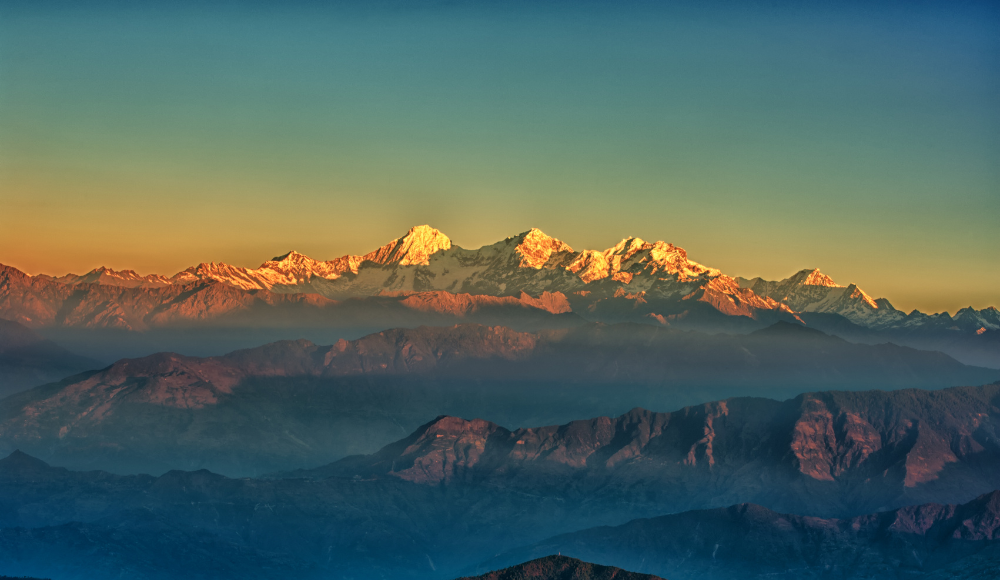
The cultural places of Kathmandu are the major attractions to explore during your Nepal visit. The sightseeing places are mostly covered by cultural attractions such as Durbar Squares, temples and monasteries, stupas and chariot festivals. The cultural places are founded on the base of centuries-long history and mythologies. A belief system set on those criteria marks an amazing attraction to the valley.
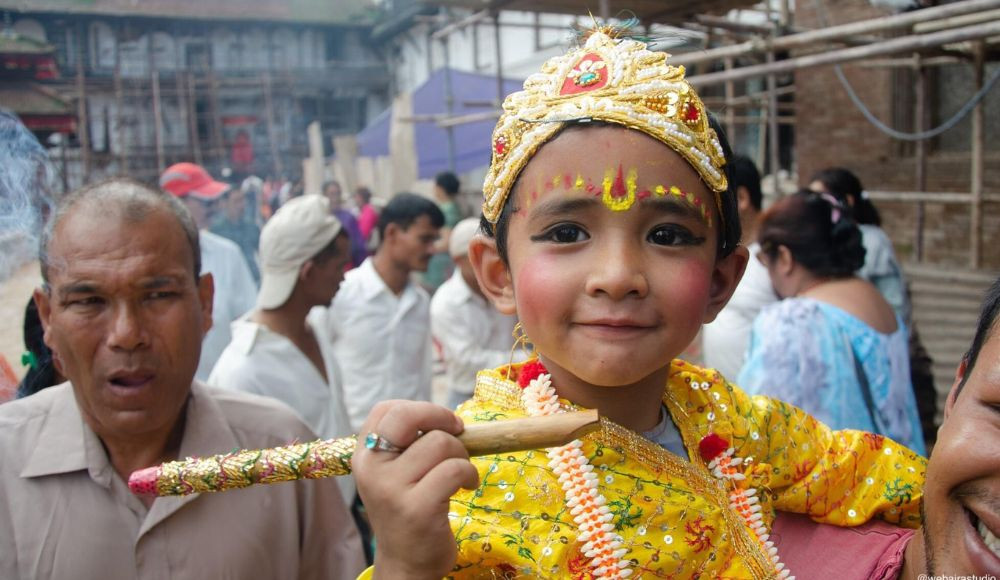
Religious places are the place of belief system and religious belongingness. The temples and stupas are primarily the religious attractions of Kathmandu. Many people, every year, come to visit Nepal to see the incredible sight of religious shrines and pay homage to the deity.
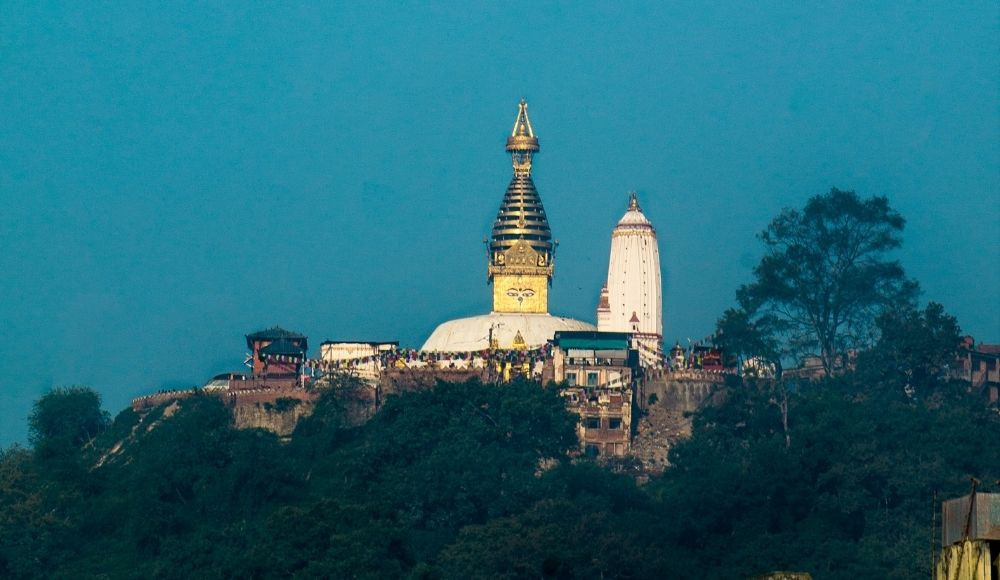
If you like travelling and want to experience different cultures, customs and landscapes, what better way to enjoy your next vacation than by visiting the world's best-known cultural and natural heritage sites. The heritage sites in the valley are an incredible source of history and culture, followed by the active youth population continuously working on improving and conserving the cultural beauty in the city.
The sightseeing places of Kathmandu provide impeccable historical knowledge, cultural diversity and beautiful artefacts around the city. Whether you are looking for a new perspective on your city, or want to learn about some of its fascinating histories, here are some places worth visiting in any major city. These sights are so famous, so iconic, and so often visited that it’s not easy to forget about them. But you'll be surprised by how many of these destinations have stories behind the scenes that you won't find in your textbooks or even other travel guides. The authentic experience is what it takes to understand the beauty of the attraction.
Durbar squares are the monumental complex in Kathmandu valley. Over the period of time, they have lived through changes, and the display of impeccable craftsmanship in the building structure of these medieval heritages is an exemplary specimen that illuminates the history and architecture of typical Nepal.
There are three medieval royal palaces developed in the vicinity of Kathmandu valley. A visit to these clusters is a must for any visitor to Nepal because they provide insight into the way society worked in antiquity. It was during the time when Malla Kings used to rule over three cities of Kathmandu valley, namely Kathmandu, Patan and Bhaktapur. They built these palaces with an incredible fondness to display craftsmanship, architecture and royal beneficence.
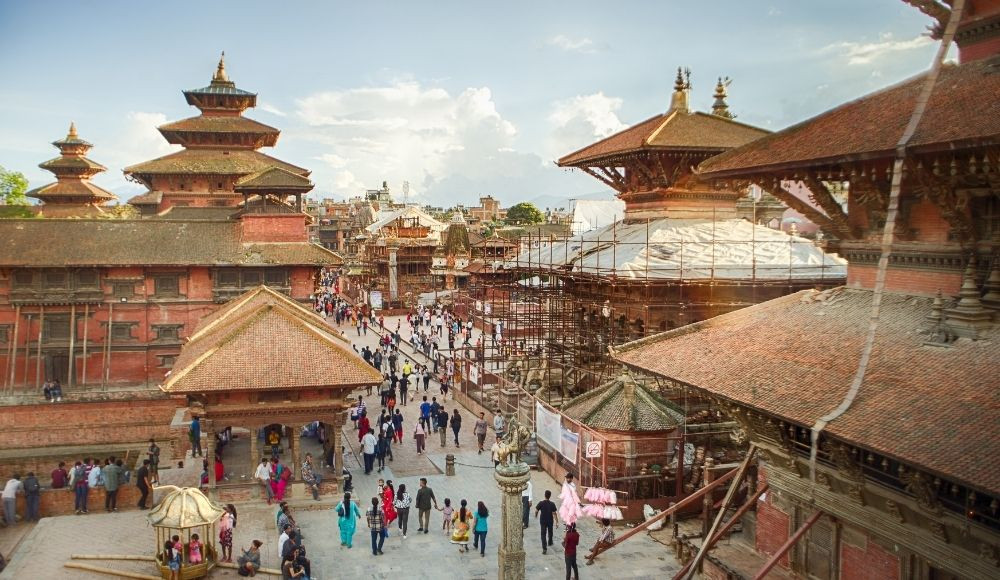
In these palaces, the kings held their courts and conducted state functions including receiving noblemen from the adjoining countries. The Hanumandhoka (Present-day Kathmandu Durbar Square), Patan Durbar Square, and Bhaktapur Durbar Square boast temples dedicated to different deities, stupas, artefacts, courtyards and gardens.
Kathmandu Durbar Square has palaces built by Malla and Shah kings over different periods. Some of the remarkable structures in the Durbar premises are Maju Dega, Hanumandhoka, Basantapur tower, Kalbhairav, Dhansa, Taleju temple and Kumari Bahal. Mostly dominated by Newari culture and architecture, Patan Durbar Square houses a royal museum, Krishna Temple, Bhimsen temple and numerous other monuments. The Bhaktapur Durbar Square, which is the biggest of all, has a palace of 55 windows, Nyatapola and Bhairava Temple, Taduchhen Bahal, pottery square and several other places that portray the ancient royal lifestyle.
There are many beautiful places of worship around the world. The variety of religions, styles and architectural features allows for a unique experience at each site.
Pashupatinath Temple is one of the holiest and oldest Hindu temples in the world. This temple is sacred, dedicated to Lord Shiva and considered the guardian deity by Hindus. The temple complex is stretched across both sides of the Bagmati river and houses 518 temples, buildings and structures. It is the place where centuries-long rituals are carried out in the astonishing form. During the Mahashivaratri, this temple observes thousands of visitors from all over the world. The unique spirit of Hindu traditions of life, death and reincarnation is performed on the banks of the Bagmati river.
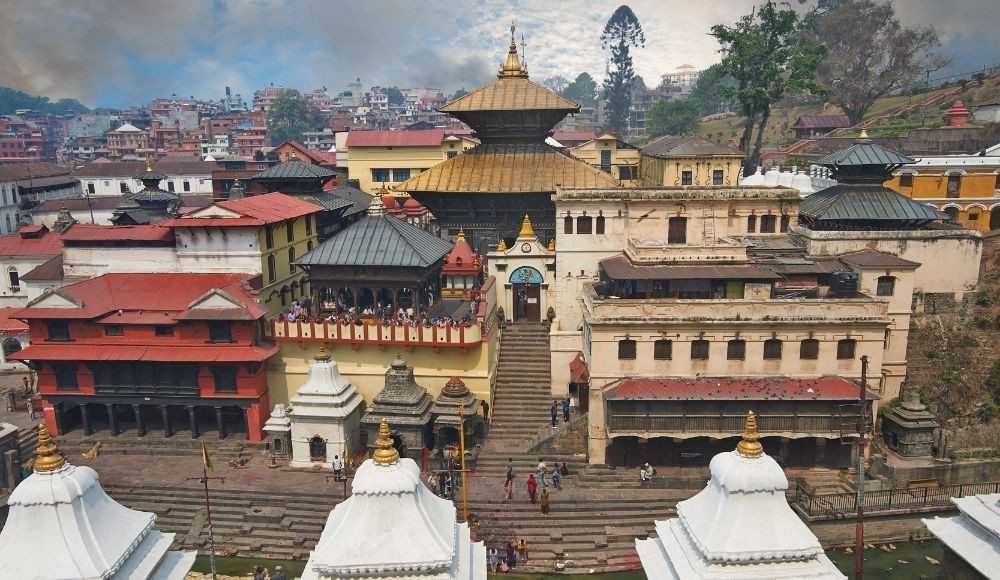 The Guheshwori temple dedicated to the consort of Lord Shiva is right beside the other banks of the Bagmati river. Many devotees visit the temple to worship the omnipotent Lord Shiva and his consort Guhyeswari, and many other deities on the temple premises. Evening Aarti on the banks of the holy Bagmati river is also an amazing spiritual experience to explore. The temple premise is open throughout the day but for the special Pujas and worship procedure, a receipt must be obtained for a specific time. The temple is located in Kathmandu.
The Guheshwori temple dedicated to the consort of Lord Shiva is right beside the other banks of the Bagmati river. Many devotees visit the temple to worship the omnipotent Lord Shiva and his consort Guhyeswari, and many other deities on the temple premises. Evening Aarti on the banks of the holy Bagmati river is also an amazing spiritual experience to explore. The temple premise is open throughout the day but for the special Pujas and worship procedure, a receipt must be obtained for a specific time. The temple is located in Kathmandu.
The magnificent Hindu Open Air temple is located 10 Km away from central Kathmandu at the base of Shivapuri Hill in Budhanilkantha. This temple is dedicated to Lord Mahavishnu, also known as Jal Narayana. The Vishnu statue, located in the middle of the pond in a sleeping posture, is believed to be floating on water. Haribodhani Ekadashi is one of the major festivals celebrated in Budhanilkantha. Thousands of pilgrims attend this festival, believing in the awakening of Lord Vishnu from his long sleep. This temple is open throughout the day for visitors.
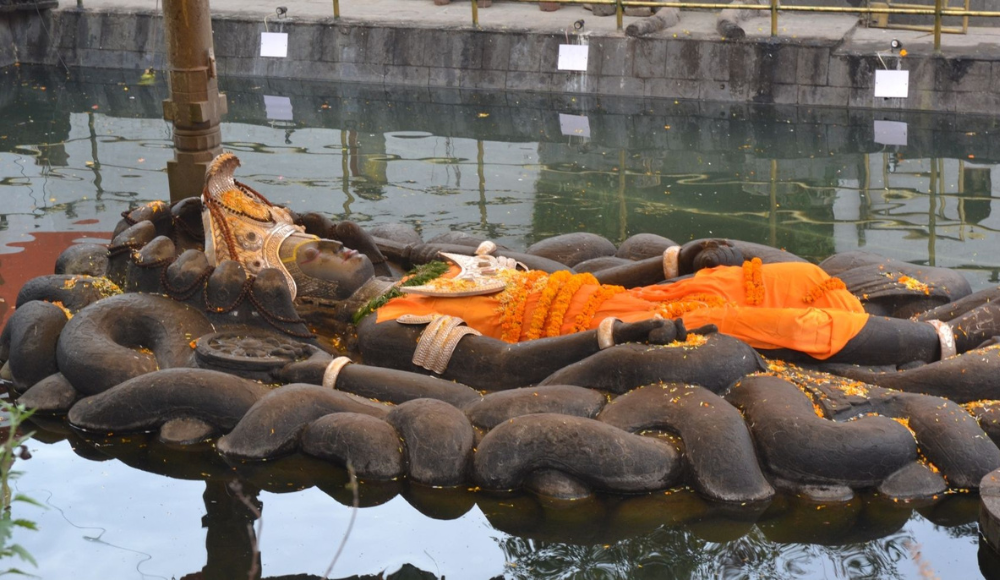
The Changu Narayan Temple is located in the Bhaktapur district, east of Kathmandu, and is a UNESCO World Heritage Site. It is one of the most well-known Vishnu temples in Nepal and is visited by many worshippers, especially throughout the four-month period between Lord Vishnu's reputed retirement to sleep and Harishayani and Haribodhini Ekadashi in the months of Ashadh and Kartik.
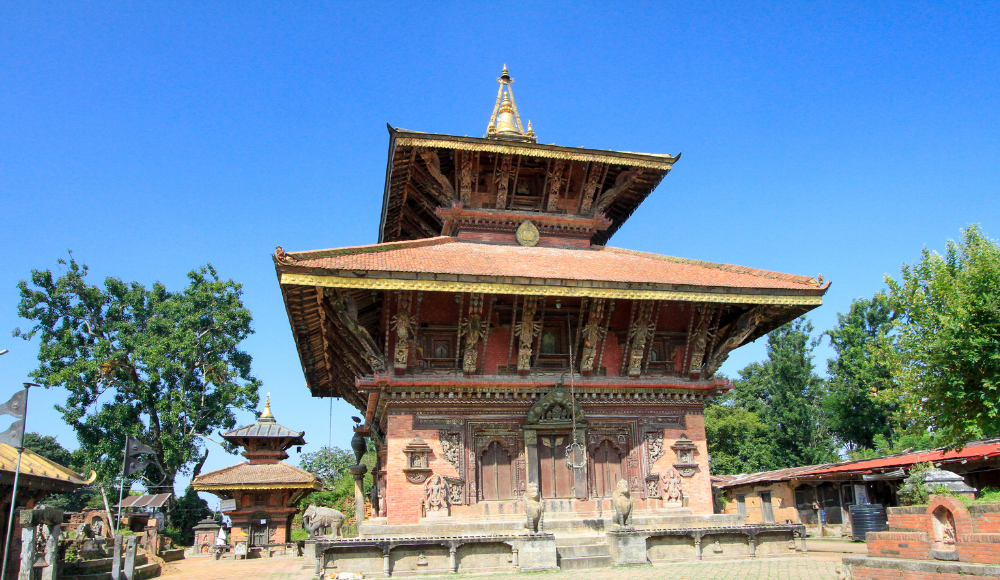
The temple's entrance is graced by a stunning Garuda statue from the Lichchhavi period of the fifth century. In contrast to other Garuda statues found abroad, this one has wings and looks like a human being otherwise. After the previous one was destroyed by fire in 1702, this two-tiered pagoda structure was built. The oldest such inscription discovered in Nepal is on a stone tablet known as Shilapatra which was found close to the temple. It is from the fifth century. The main courtyard in Nepal has the highest concentration of ancient art thanks to its numerous temples and idols of gods with intricate stone carvings made between the fifth and twelfth centuries.
One of the well-known temples in Nepal is the Dakshinkali Temple, which is devoted to the Hindu goddess Kali. The village of Pharping, which is around 22 kilometres from Kathmandu, is where the temple is located. The Dakshinkali temple has a unique significance in Nepal. It is said that Dakshinakali Devi is a manifestation of Goddess Parvati. The temple is surrounded by hills and natural forests.
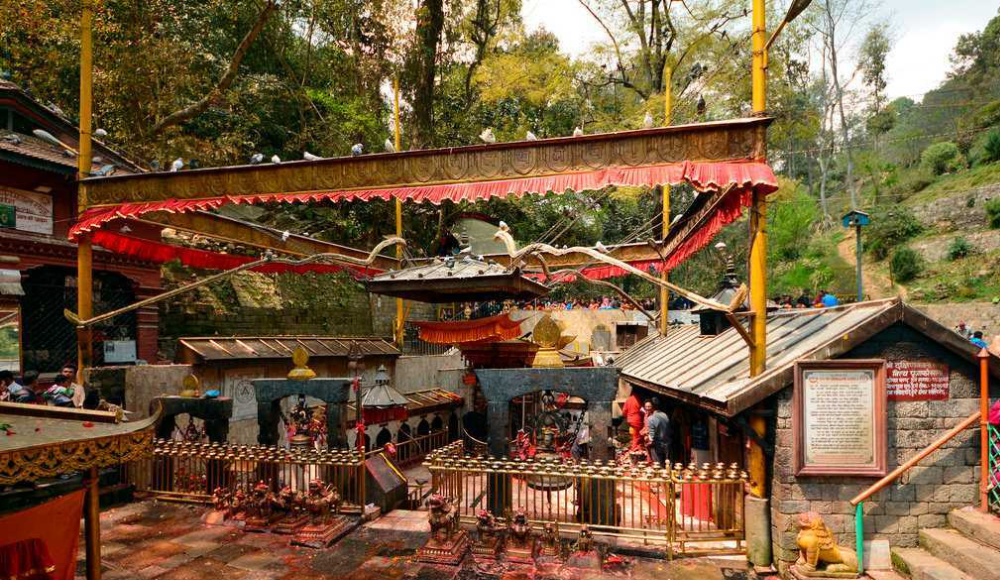
Every year, thousands of worshippers come to this temple to have their wishes granted. Basically, during the Dashain holiday, a special fair is hosted here. Many devotees offer goats, ducks, and chickens as sacrifices during the Dashain Navratri festival. There are many religious and cultural dimensions to this shrine.
The Kailashnath Mahadev statue, which is 144 feet tall and depicts the hand gesture (or mudra) that bestows blessings of peace, is located about 12 miles east of Kathmandu. Shiva is made of steel, concrete, zinc, copper, and nearly as much concrete as the Statue of Liberty. The area features a lovely garden and a playground, and there are statues of Lord Shiva, his wife Parvati, and their sons Ganesh and Kumar alongside the large statue of the seated Nandi (Lord Shiva's favourite bull). A dominating view of the majority of the Kathmandu valley can be seen from this location, which borders Kathmandu and the Kavre district. During the holidays, people visit the Kailashnath Mahadev statue from various places.
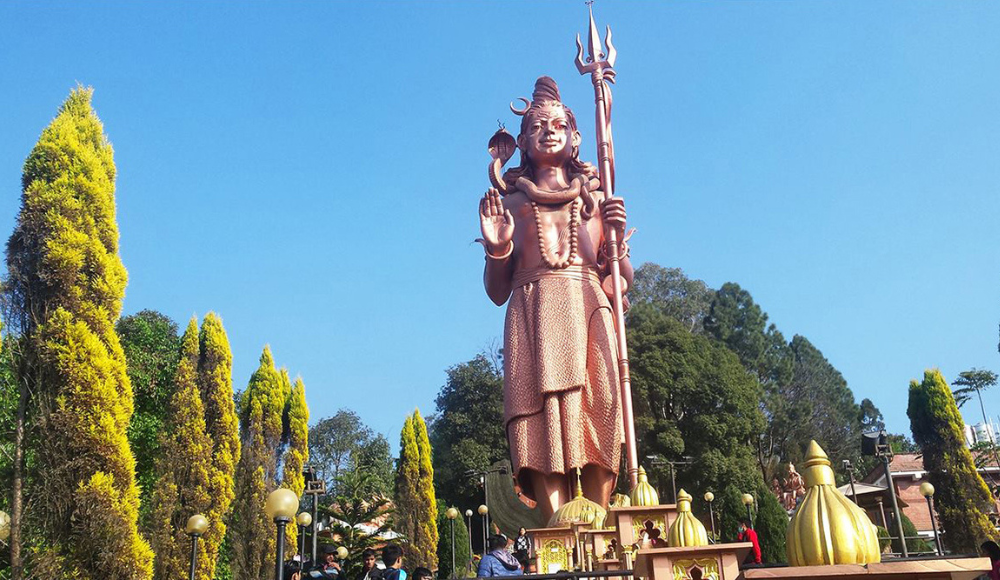
The temple is located in the foothills of lush hills just a few kilometres from the old Bhaktapur Durbar Square. To the south of the temple, a river provides a pleasant splashing sound that adds to the tranquillity and allure of the surrounding area. As per the epics, after the Mahabharata of Kurushetra, the Pandav brothers allegedly headed for the Himalayas in pursuit of Lord Shiva's pardon for the numerous lives they had claimed to have lost during the conflict. However, Lord Shiva was unwilling to pardon them, so he assumed the appearance of a bull. When the Pandav brothers attempted to grab the bull after learning of Lord Shiva's disguise, they were only able to catch the bull's tail since the head had become separated from the rest of the body.
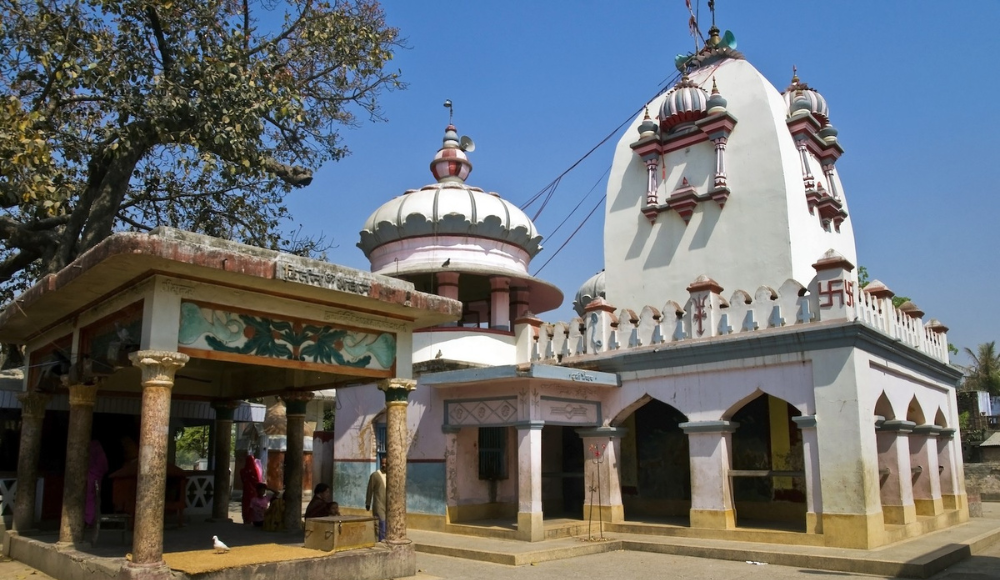 Hindu texts claim that Kedarnath in India is home to the remaining body, whereas Doleshwar is said to represent the head portion. Additionally, it is described in the Shiva Puran and other holy texts that have been handed down through the ages. Doleshwar's Shiva Linga, a phallus symbolizing Lord Shiva or reproduction, was thought to have appeared at the conclusion of the Dwapar Yug and the start of the Kali Yug. The Doleshwar temple follows the customs and practices of the Kedarnath temple for all of its prayers, including the morning ritual and the evening aarti.
Hindu texts claim that Kedarnath in India is home to the remaining body, whereas Doleshwar is said to represent the head portion. Additionally, it is described in the Shiva Puran and other holy texts that have been handed down through the ages. Doleshwar's Shiva Linga, a phallus symbolizing Lord Shiva or reproduction, was thought to have appeared at the conclusion of the Dwapar Yug and the start of the Kali Yug. The Doleshwar temple follows the customs and practices of the Kedarnath temple for all of its prayers, including the morning ritual and the evening aarti.
The Buddhist religious sightseeing places in Kathmandu valley offer a spiritual experience. The Buddhist sightseeing places are best known for their Buddhism practices based on the Buddha’s principles. Some of the major sightseeing places to explore the Buddhist lifestyle in Kathmandu are mentioned below.
The Boudhanath Stupa, also known as Chaitya, is one of the world's largest stupas and is classified by UNESCO. The architectural significance, historical significance, and pre-Buddhist philosophy of Boudhanath are all preserved. It is surrounded by hundreds of monasteries and serves as Nepal's primary Buddhist center. The staple was renovated by Licchavi kings in the eighth century, and it was later given the design of a Mandala with a huge dome.
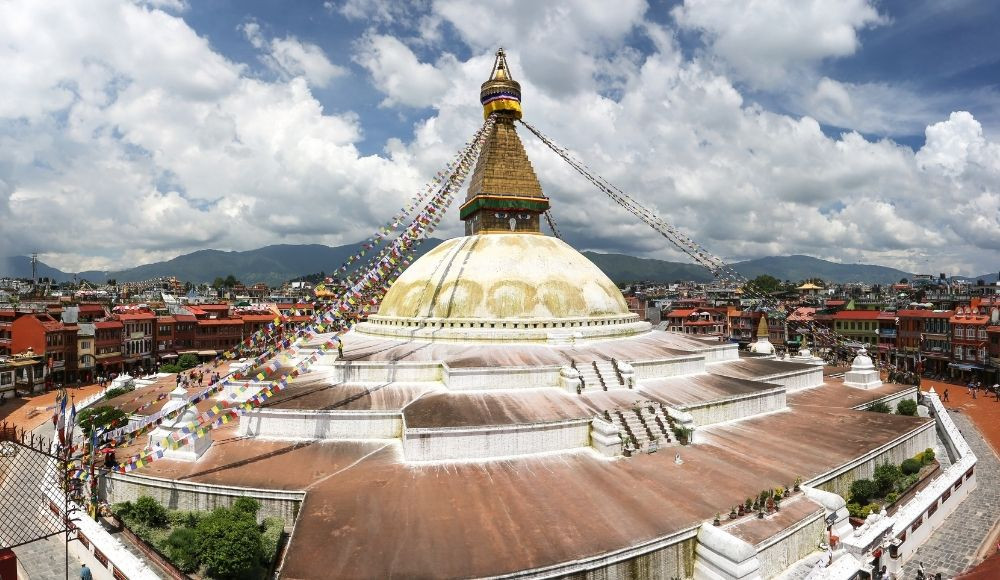
Swayambhunath stupa is one of the holiest Buddhist Chaityas in Nepal, residing in the western part of Kathmandu valley. This is also the best place to see the entire city, as it is located on the top of a hill. The literal meaning of Swayambhu is self-existence. The temple is sacred to Hindus and Buddhists. In 1979, the stupa was listed as a world heritage site by UNESCO. It has some architectural importance as well.
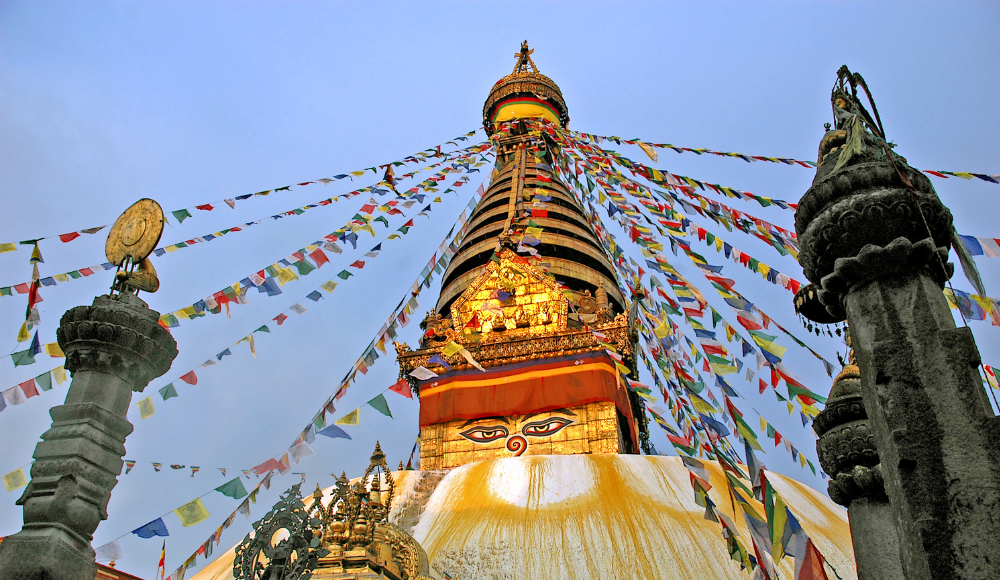
The stupa consists of a dome at its base above which there is a cubical structure painted with the eyes of Buddha observing all directions. The dome represents the entire world, eyes symbolise wisdom and compassion, and curly signals symbolise the nose representing the unity of all things in the world. Some important monuments to explore around the Swayambhunath area are gold plated Vajra ‘thunderbolt’ set on the east side of the stupa, the Buddha statue residing on the west side of Swayambhu, the sleeping Buddha, the Dewa Dharma Monastery and a temple dedicated to Harati.
The Kopan hill, which emerges from the terraced fields of the Kathmandu valley and can be seen from far distances, is located just to the north of the historic Buddhist settlement of Boudhanath. It was previously the residence of the court astrologer to the king of Nepal, and it is dominated by a magnificent bodhi tree. Today, Kopan Monastery, a monastery in the Gelug school of Tibetan Mahayana Buddhism under the direction of Lama Zopa Rinpoche, is located on the same hill. The view across the valley is breathtaking, and the air is refreshening. In addition to attending classes, visitors from all over the world come here to practice and study Buddhism in a spiritual environment. It is also an incredible place for exploration of spirituality in a very peaceful settlement.
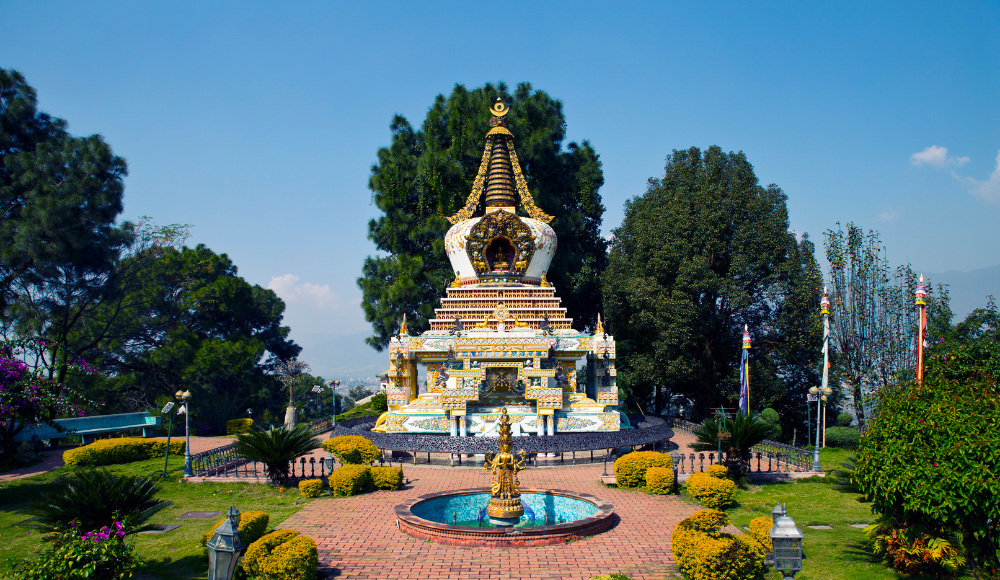
One of the most well-known tourist locations in Nepal is White Monastery, also known as Seto Gumba or Druk Amitabh Monastery. At the summit of Druk Amitabha Mountain in the Nagarjun Municipality of Kathmandu, there is a Buddhist monastery in Nepal. It is situated north of Swoyambhunath Stupa outside the ring road.
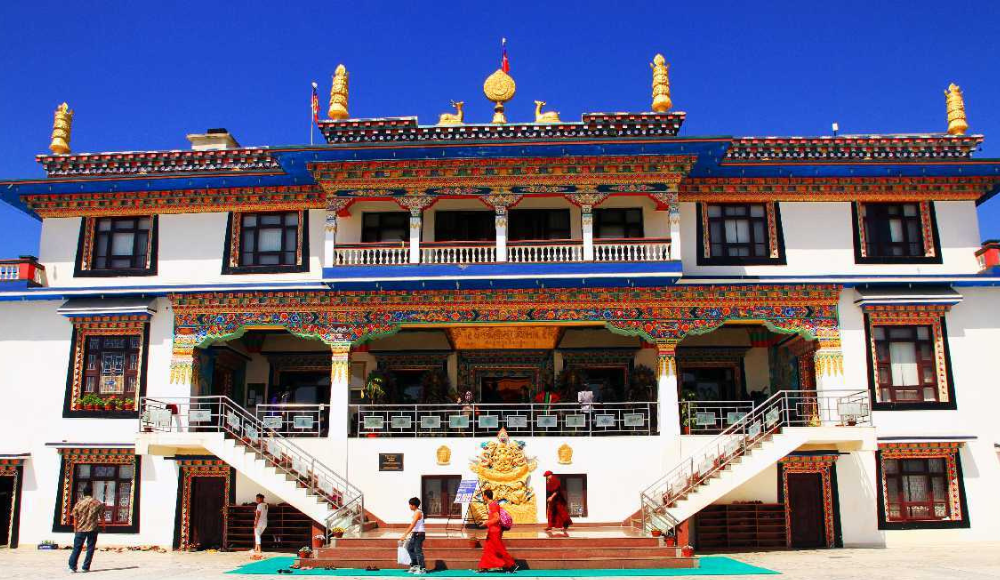
The monastery is a stunning example of Tibetan architecture, and it is filled with numerous murals, statues, and paintings. You may also enjoy the stunning views of the Kathmandu valley from this monastery.
In the Kavre district, close to Panauti, is the well-known Buddhist pilgrimage destination of Namobuddha. According to a myth in Buddhism, one of the earliest Buddhas reportedly came across a tigress that had given birth to cubs but was too weak and fragile to go out hunting, leaving her children to starve to death.
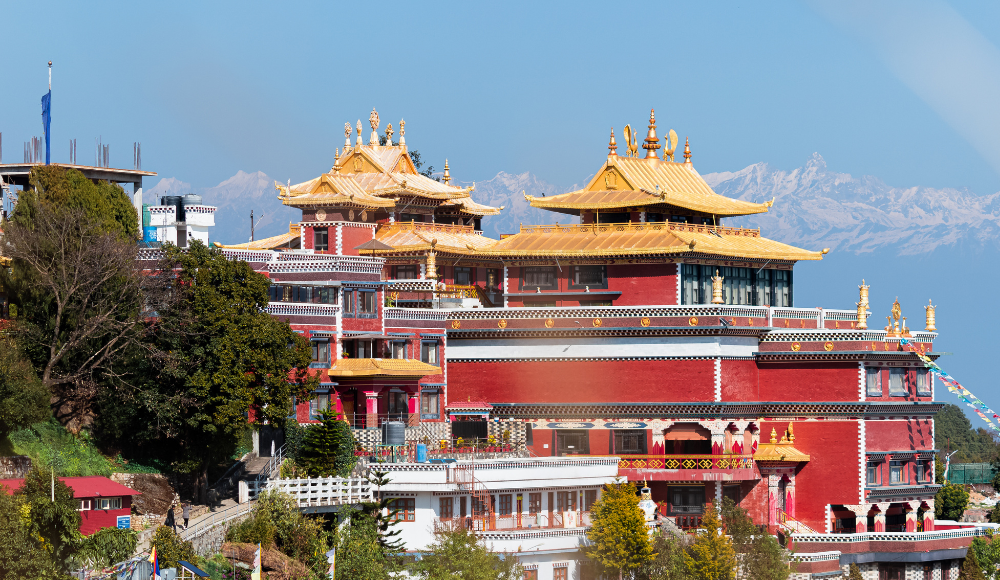
The compassionate Buddha gave the tigress his own flesh out of the highest devotion in order to keep her and the pups alive. A tiny stupa honoring the Buddha's final sacrifice has been constructed. Several Buddhas existed before Siddhartha Gautam Buddha, the Enlightened One, according to Buddhist sacred texts. This place is also a good choice and can be included in the sightseeing near Kathmandu.
These attractions are the essence of Kathmandu valley. Most people travel to Nepal to explore the rich culture of ethnic Newars of Kathmandu valley. Mostly chariot festivals, Hindu rites and temples are the major cultural attractions of the city. Explore the amazing tangible and intangible cultural heritages of the city in Nepal.
Some people visit Shree Pashupatinath to enjoy the Hindu-only temple, while others do so to explore the architecture, artwork, and murals. However, this temple is infamous for individuals who lament and burn their deceased in front of residents and visitors.
One of the oldest temples is Pashupatinath, which is situated in Kathmandu, on the banks of the Bagmati River. It was built around 400 BC, making it Nepal's oldest Hindu temple. The Pashupati mandir or Pashupati temple, home to the national god Lord Pashupatinath or Shiva, receives millions of tourists each year.
Most of us find it difficult and overwhelming to consider the ideas of death and life. We are asked to put aside thoughts of the unavoidable and concentrate on the adventure that is life. Death itself serves as a reminder of our mortality by occasionally stealing away the individuals we know, love, and are a part of. This death cannot, therefore, be avoided. But being present for the burial is an intense experience, especially when you're not expecting it. But on the banks of Pashupati, you can witness the open-air cremation and explore the last rites of humankind as per Hindu traditions.
Hindus all across the world consider Pashupatinath Temple to be one of their holiest sites. In the morning, day, and evening, priests and followers offer prayers at the temple as part of daily ceremonial devotion. The evening 'Aarati' by the banks of the Bagmati river on the eastern side of the temple is the most popular Puja of all.
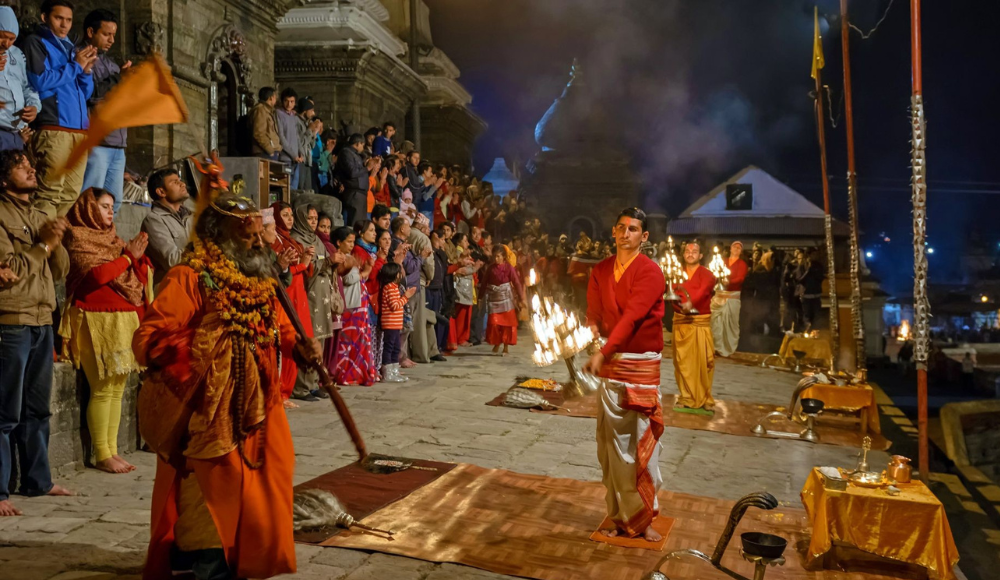 A band playing classical music, reciting Vedic mantras, ringing bells, burning incense, and lighting oil lamps are just a few of the rituals that keep the crowd enthralled throughout this evening. The ritual brightens the atmosphere of the evening. The event is conducted at 6 PM every day and observed by hundreds of people.
A band playing classical music, reciting Vedic mantras, ringing bells, burning incense, and lighting oil lamps are just a few of the rituals that keep the crowd enthralled throughout this evening. The ritual brightens the atmosphere of the evening. The event is conducted at 6 PM every day and observed by hundreds of people.
The largest event in the Kathmandu valley is called Indra Jatra. King Gunakamadeva, the person who created the city of Kantipur, is credited with founding the event during the Licchavi Era (Kathmandu). Indra is the god of rain and the ruler of heaven, while Jatra is the word for procession.
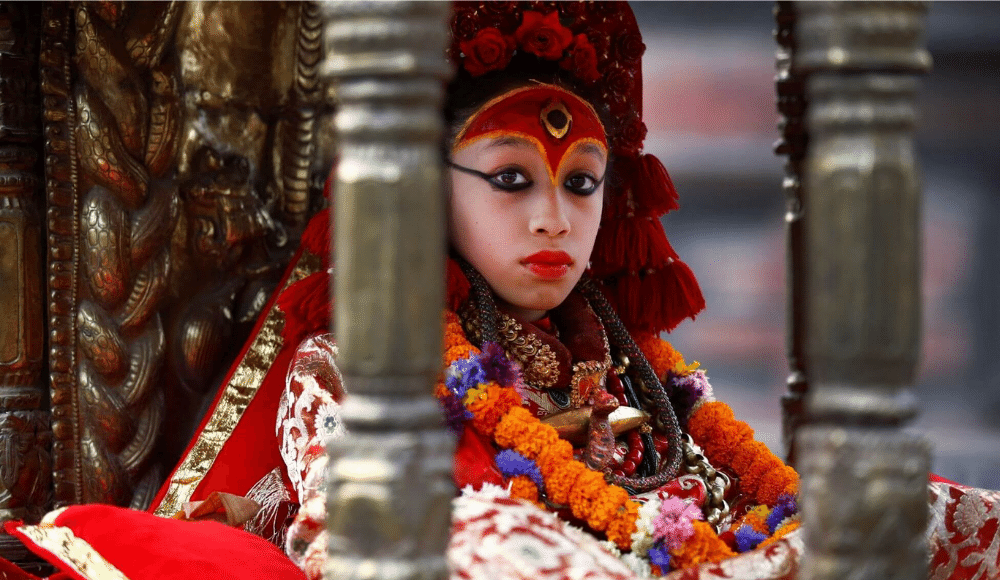
The Indra Jatra festival lasts for seven days. One of the masked dancers known as Lakhay performs a classical dance as a sign of his search for goddess Kumari on the first day of Indra Jatra, Kwaneya. A long pole (Linga) with a flag of Lord Indra is also set up at the side of the Hanuman Dhoka. To appease Lord Ganesh, Lord Indra, Lord Bhairav, and Goddess Kumari, the participants execute this dance. The third day sees Kumari pulled out of Kumari Ghar and brought to her special wooden chariot, which is decked with colourful clothing, flowers, and other Puja items.
The Goddess Taleju is symbolized by a Buddhist Newari girl. On the same day, two young boys who represent Ganesh and Bhairav's chariot and Goddess Kumari's chariot follow each other. Mask dancers perform dances and drama for the crowd's entertainment at Hanuman Dhoka Durbar Square. On other Indra Jatra days, people dance collectively and play traditional music.
One of the most well-known and well-established festivals in Nepal is Gai Jatra. This festival is well-known in the Kathmandu valley and is frequently mistaken for the festival of sarcasm. The Newar community mostly observes this event in honor of the departed. The Nepali calendar is used to determine the date. The celebration takes place in the month of August on the first day of the dark fortnight. In order to lessen the grief caused by a family member's passing, it is honored. Children dressed as cows parade around the streets during the event with much excitement.
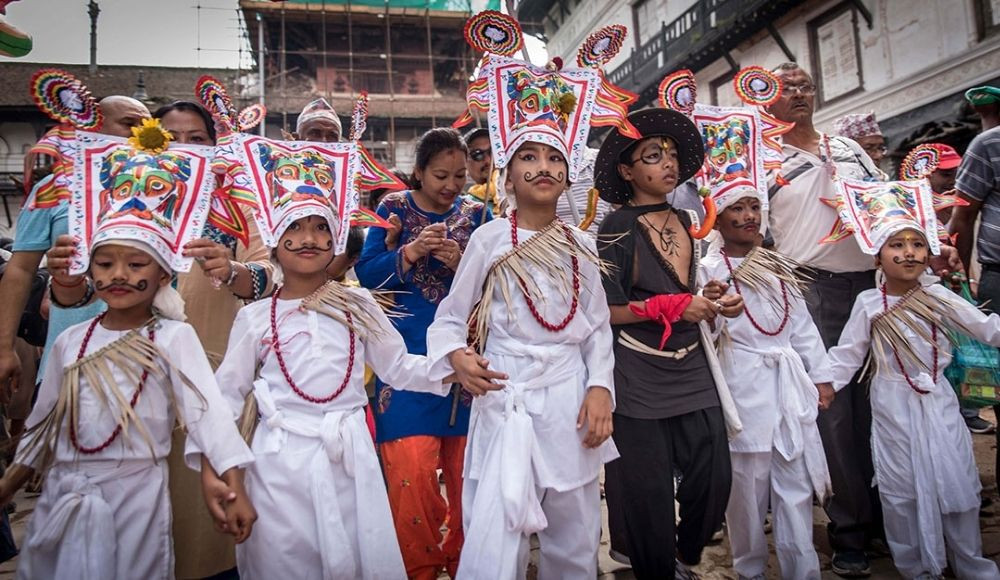
People celebrate joy while remembering the deceased as the masked parade circles the various areas of the old city. The families in the city give the singers little packets of treats, oats, fruit, and other sustenance to assist them tour. A sizable audience of onlookers watch the festival, and satirical speeches and performances are broadcast on television and in the media across the nation.
One of the largest chariot celebrations held within the Kathmandu valley is called Seto Machhindranath Jatra. A three-day chariot parade honouring the rain god is taking place. It is a highly lively Nepalese event. The celebration is also referred to as Jana Bh Dyah Jatra. Throughout these three days, Seto Machindranath's chariot is pulled from one location to another. Every day, when the chariot approaches its end, a squad of soldiers opens fire with their rifles.
This Jatra takes place in March. A fantastic time to discover Nepal's natural splendour is in the spring. The Jatra celebrations nearby enhance the journey's beauty. Culture and heritage are what Kathmandu is all about. There are many lively locations with traditional virtues to discover in the Kathmandu valley, and the city of Kathmandu is known for its cultural festivals and feasts.
In the Newari language, Rato Machhindranath Jatra is referred to as Bungadyo, the god of rainfall gathering for the nearby Lalitpur district. The name ‘Rato Machhindranath’ means "Red Fish God" in English. Rato, Machhindra, and Nath all denote the color red, fish, and god, respectively. People have revered rainfall and their rich culture for ages, and they annually drag the Rato Machhindranath chariot through Lalitpur in the town of Patan. According to the Nepali calendar, this event is held in the month of Chaitra or Baisakh (April or May). This magnificent chariot, which is roughly 32 feet long, is only encountered in Nepal. The chariot is built of cane, wood, and bamboo. The Bhoto display and chariot procession are a magnificent part of the festival to witness in Kathmandu valley.
One of the well-known Newari celebrations, the Bisket Jatra, is observed once a year in Bhaktapur, Nepal's historic city. Beyond its borders, people also commemorate it using their own customs. This event is observed at the beginning of the Bikram Sambat, or New Year. The celebration of Bisket Jatra marks the conclusion of Chaitra, the Nepali month, and the start of Baisakh, the new Nepali year. The words "Bisket Jatra" and "Syaku" are both Newari words. The connotation of Bi and Syaku is serpent laughter. Legend has it that this is the celebration following the serpent's demise (crawling snake). This well-known festival lasts 9 days and is observed by hundreds of people.
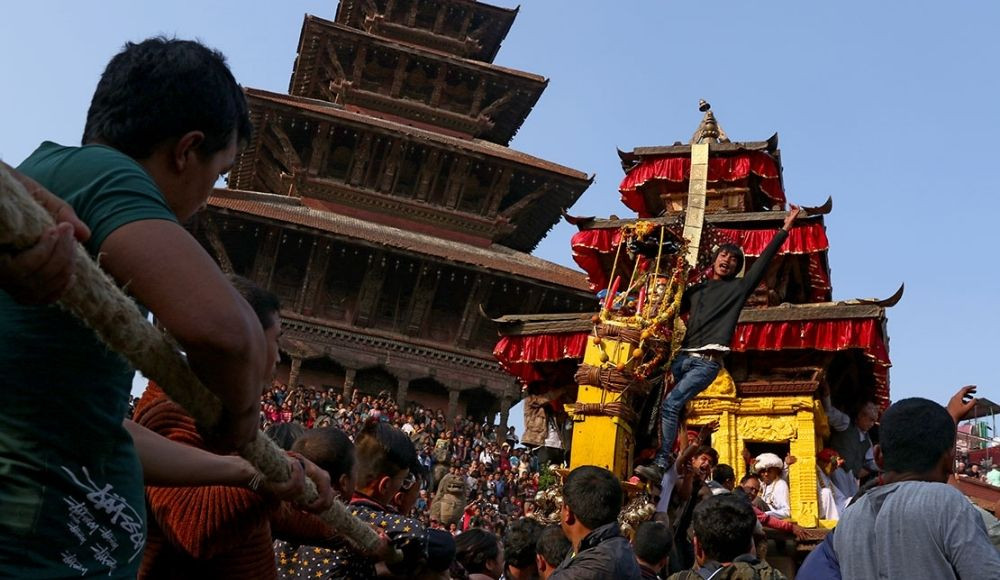
Museums provide an impeccable understanding of culture, history and landscapes. The civilization’s pure perspective is sometimes found in the museum. In the Nepalese museum in Kathmandu, one can find royal antiques and explore a wide history. The collection is worth exploring if you are a museum explorer.
The Narayanhiti Palace Museum is Nepal's premier repository for information on royal history, culture, and architecture but most crucially, on royal life. It has historically functioned as a royal home and the seat of government for previous rulers. However, it was converted into a museum and is again accessible to the general public following the founding of the Federal Democratic Republic of Nepal in 2008.
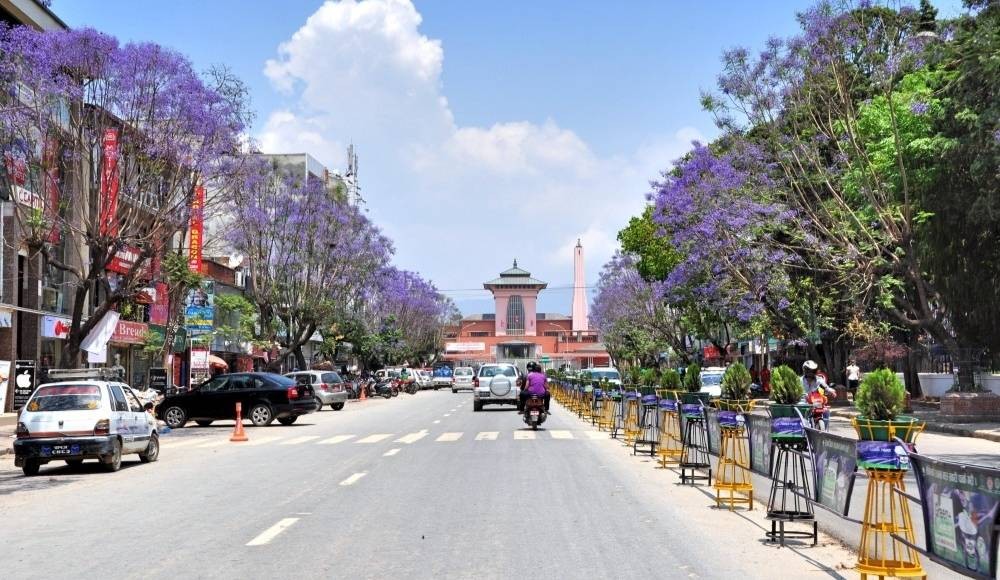
The museum is home to numerous royal artifacts, including the Mahendra manzil, the spire of a Hindu temple, a reception hall, courtyards, gardens, and fountains, as well as a military barrack, helipads, garages, Garudas, and numerous gates and limits. The queen and 8 other members of the royal family were massacred on June 1 of that year.
The National Museum is the first museum to be found on Swayambhu, a sacred hill in the Kathmandu Valley. Its compound has various building types, gardens, and open space and takes up roughly 50 Ropani of land. It now offers the ability to gather and exhibit priceless and rare works of art.
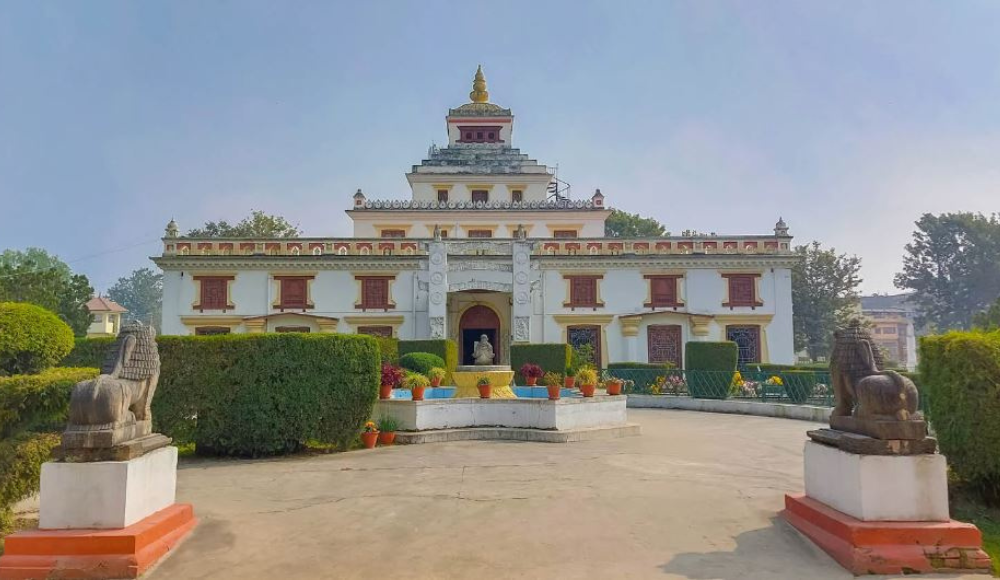
It was once known as the Arsenal Museum before becoming the Nepal Museum in 1939 AD. It then changed its name to National Museum in 1968 AD, and the name has remained well-liked ever since. Currently, this museum's galleries mostly cater to tourists' interests in history, Juddhajatiya art, and Buddhism. It is gradually becoming a popular travel location for people from abroad and domestically, including students.
The museum also contains an auditorium with a 142-person seating capacity, comfy chairs, a platform, and an excellent audiovisual and lighting equipment. Its complexes are equipped with gardens, making them suitable for family outings and relaxing days spent on educational excursions.
Hanuman Dhoka is home to the Tribhuvan Museum of Nepal, which the Ranas designed in the middle to late 19th century and is thought to have served as the late Shah Kings' primary residence for a number of years. Many claim that the king used to see every issue that the locals faced through the museum's windows. He did this to check whether or not every home meal had been prepared. The Tribhuvan Museum features a collection of historical artworks and artifacts that the monarchs used or bought. The museum has items from the 19th century, including boxing gloves, thrones, statues, woodwork, brickwork, and firearms.
Just across from the National Museum in Chhauni is where you'll find the military museum. The military museum is more likely to attract military history enthusiasts. The Nepalese army constructed the museum's structure in December 2000, and it was formally opened in July 2005. The army is working to expand the museum and add more historical objects, but work on it is currently ongoing. There are numerous historical collections located inside the museum. A Skyvan transport plane and the first Rolls-Royce was ever given to Nepal, which was a gift from Queen Elizabeth II, are displayed in the museum. The interior of the museum features countless murals of violence and mayhem illustrating battles in Nepal throughout the years.
The Patan Museum is located in a courtyard inside the Durbar area's northernmost building complex. People today refer to the most gorgeous area of the palace, which piety and pride have carved out of such a small space, as Keshav Narayan Chowk, named for the temple devoted to Lord Vishnu's incarnation Keshav Narayan that stands in the courtyard's centre. The four-cornered-fort-palace or Chaukot Durbar is the name given to this section of history. The Austrian government partnered with the Nepali government to conserve Patan Durbar Square as part of an international UNESCO campaign to protect the Kathmandu valley's monuments.
The city attraction makes the places known. These places are popular, not just for their foundation but for the major historical stamp in the nation-building process. Some places in city attractions may not be accessible to explore due to administrative reasons, but these places have some important historical contexts associated with them.
Chandra Shumsher JBR began construction on Singha Durbar as soon as he became prime minister. It started off as a modest private home but expanded as it was being built. Following construction, Chandra Shumsher JBR sold this property to the Nepali government for 20 million Nepali rupees to serve as the prime minister's official house. Except for Padma Shumsher JBR, who lived in his own Bishalnagar Durbar, it was used as the official house of the Rana dynasty's prime ministers after his death in 1929. Mohan Shumsher JBR was the last Rana Prime Minister to rule from Singha Durbar. Mohan continued to utilize this location even after the Rana Dynasty was overthrown in 1951, but in 1953 the government of His Majesty compelled him to leave the palace.
This palace complex served as the location of Nepal's government offices when the Ranas system of hereditary prime ministers came to an end. The Nepali Parliament's two chambers are located within the palace's grounds (the Pratinidhi Sabha, or House of Representatives, and the Rashtriya Sabha, or House of the States). There are 20 government agencies there. Radio Nepal and Nepal Television both have their headquarters at Singh Durbar. This area is notable in terms of the administrative houses and the government ministries.
In Kathmandu, there is a Raan palace known as Babar Mahal. The palace complex, which is north of the Bagmati River, contains a stunning and sizable collection of courtyards, gardens, and structures. The palace was originally a part of Jung Bahadur Rana's Thapathali Durbar but was later split off, destroyed, and rebuilt by Chandra Shumsher Jang Bahadur Rana, who was Nepal's prime minister and executive head of state.
A 72-meter (236-foot) tower named Dharahara stands in the middle of Sundhara in Kathmandu, Nepal. It was initially constructed in 1832 by Mukhtiyar (equivalent to Prime Minister) Bhimsen Thapa on Queen Lalit Tripurasundari's order and is a piece of Kathmandu's architecture that has been acknowledged by UNESCO. It has undergone numerous reconstructions after being damaged. The new 22-story tower has a 48-foot (15-meter) foundation and is 72 meters (236 feet) tall. It has a gajur (bronze mast), similar to the ancient tower, on its upper roof. In close proximity to its surroundings, there is a museum, a garden, and a fountain. To make it more accessible, it has two lifts and underground parking that can hold 6,000 two-wheelers and 350 four-wheelers. The tower, which has a minaret-like shape, provides views of the entire Kathmandu Valley.
The oldest clock tower in Nepal is Ghanta Ghar, and it is located in Kathmandu, the country's capital. It is next to Trichandra College and in front of Rani Pokhari. Bir Shumsher, the prime minister of the Rana, constructed it. As Western influences crept into Nepalese architecture during the Rana era, the first clock tower was modelled after Big Ben of London. After the 1990 BS earthquake, which destroyed the original tower, the GhantaGhar that stands today was built in place of the old one. It is also a notable place to explore the city that holds an important history.
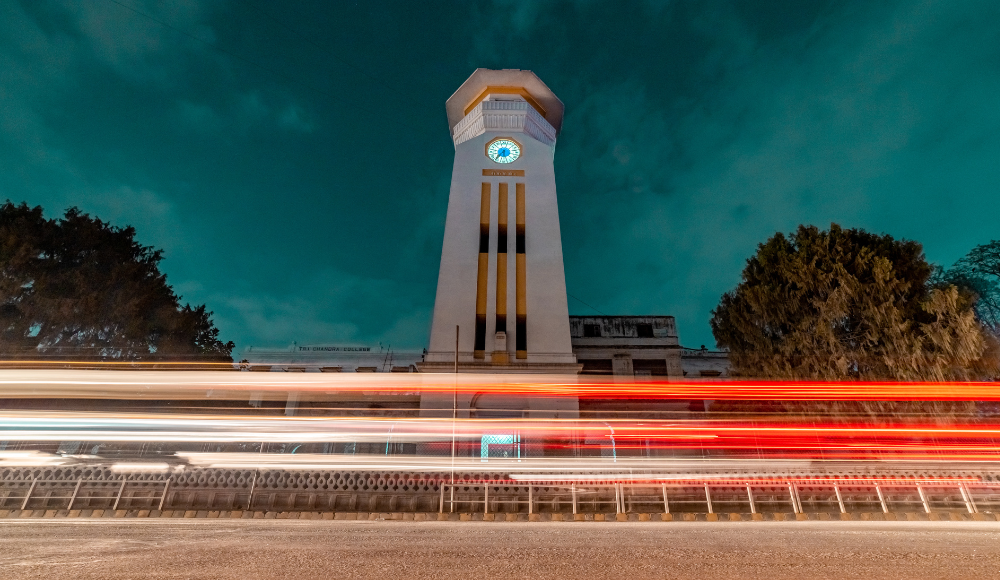
Old Market is what showcases the actuality of the city. It is the most beautiful part that has some cultural and historical essence. Old cities are where urban civilization is made and exploring these places is an amazing activity to understand the authenticity of the place. Kathmandu’s old market offers a wonderful peek into the historical Newari architecture and a wide variety of shopping options.
In the heart of Kathmandu, Nepal's capital, is Asan, a ceremonial, market, and residential plaza. It is renowned for its bazaar, festival schedule, and strategic location, making it one of the most well-known historical sites in the city. According to some, Asan is one of the best Newar representations of a typical Asian bazaar.
Asan is a place where six streets come together and create a constant commotion. Because of the enormous range of goods sold here, from foodstuffs, spices, and textiles to electronics and gold, the bazaar in Asan draws buyers from all around Kathmandu. Because of its stunning architectural features and lovely atmosphere, Asan is one of the city's most visited tourist destinations.
Thamel, the tourist area of Kathmandu, is a hive of activity well into the night. It is only a 10-minute walk from Kathmandu's downtown, but it is very different from the rest of the city. Thamel, with its abundance of hotels, long rows of restaurants and pubs, bookstores, tempting souvenir shops, cyber cafes, and travel offices, is totally geared toward travellers. Here, a tourist can find whatever they require, including friends and travelling partners. Thamel is a fantastic place to buy souvenirs, travel items, and equipment for hiking and mountaineering.
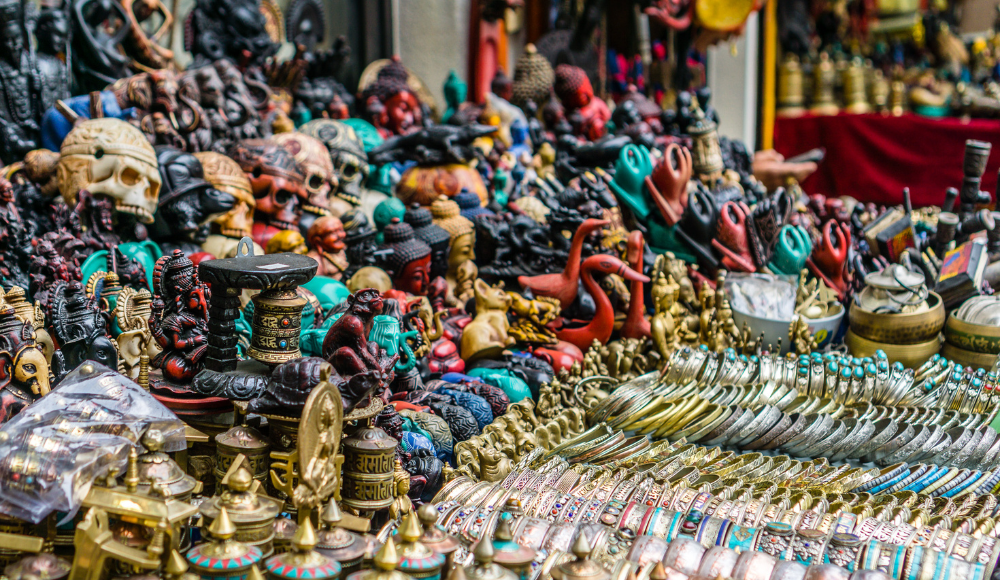
On the street that runs through Kathmandu's ancient district, Indra Chowk is one of the ceremonial and market areas. Numerous tourists and shoppers visit its temples and shops. Indra, the Hindu mythological lord of heaven, is honored with the square's name. The old India-Tibet trade route, which is now a bustling market area, is marked by the intersection of Indrachok, Maru, Kathmandu Durbar Square, Makhan, Jana Baha, Asan, and Naxal.
The renowned Mangal Bazaar in Patan is situated across the Bagmati River from Kathmandu. The location is highly recognized among travellers who enjoy shopping. For days when you want to browse and feel comfortable in the city, Mangal Bazaar is ideal. It is a great way to discover the local cultures and is well recognized for its little vendor shops. These are the establishments that provide information on local lifestyles and the kind of industries that have been established up here. The Patan Museum and a few significant temples are also conveniently adjacent to the bazaar.
The old city of Kirtipur, which is located on the fringes of the Kathmandu Valley, is known for its rich culture, welcoming people, and breathtaking views of the surrounding area and famous landmarks. Kirtipur, which is perched atop a hill, provides a panoramic view of the city and mountain ranges.
Kirtipur is located 10.3 kilometres away from Kathmandu. It is one of the Kathmandu Valley's oldest human settlements. Kirtipur is referred to as "a famous town" in the English version. In the Newari language, it is also known by the names "kipoo" and "kyapu." There are numerous cultural and natural attractions that make this city an authentic boon to visitors.
Khokhana is a Newari village about 8 Km away from Kathmandu on the outskirts of Patan. It is a cultural village known for its ethnic and cultural dimensions, especially the Newar traditions. The festivals and cultural celebrations are some of the major things to explore in this village. Despite being in the territory of the capital, this place has preserved its authenticity and cultural essence.
Nestled in the Himalayas, Kathmandu is one of the oldest cities in Asia and a destination for thousands of tourists every year. The bird's eye perspective of the city is one of the fascinating parts of travelling to explore and for that, there are several vantage points around the outskirts of Kathmandu valley. From these vantage points, one can explore the mountain vistas, and city views and explore beautiful sunrise and sunsets.
Nagarkot is quite well-known as the nearest location to take in breathtaking sunrises and mountain vistas, including those of Mt. Everest, the highest mountain in the world. This is a hill station which is 32 kilometres away from Kathmandu. Nagarkot is the most picturesque location and is well-known for its morning views, which include the Himalayas and mountains. The Annapurna range, Ganesh Himal range, Manasalu range, Langtang range, and other Himalayan ranges can all be seen from Nagarkot. It is a well-liked hiking destination because it offers a breathtaking view of the valley. It provides a densely forested mountain, lovely village, lush green valleys, and views of the Himalayas, as well as the ideal entrance to take in the fresh air, the mountain scenery, and the rich culture of Nepal with kind hospitality.
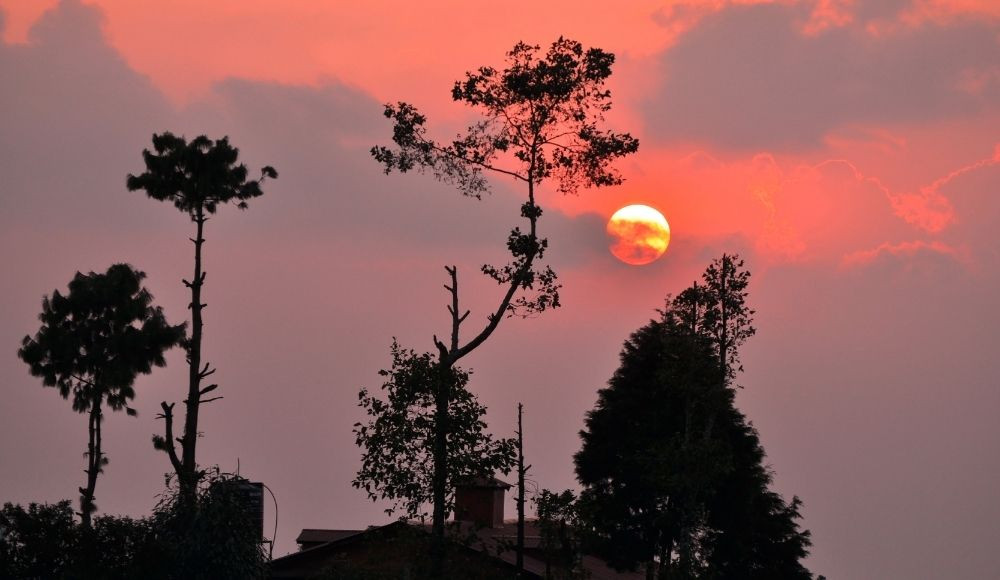
Dhulikhel, a location brimming with breathtaking grandeur, is situated in the Kavrepalanchok district at the Eastern edge of the Kathmandu Valley, South of the Himalayas at 1550m above sea level. It is located 30 km southeast of Kathmandu and 74 km southwest of Kodari east of Kathmandu on the side of the Arniko Highway on the road towards Tibet. Natural splendour and historical traditions make Dhulikhel a favourite destination. On a clear day, it is possible to see the Himalayan ranges from the dual crest of Mt. Langtang in the west to Mt. Everest in the east. From this place, more than 20 Himalayan peaks, including Mt. Annapurna, Mt. Ganesh Himal, Mt. Langtang, Mt. Phuribichyachu, Mt. Gaurishanker are spectacular.
Chandragiri Hill is 2551 meters above sea level and is located 7 kilometres from Thankot in the southwestern part of the Kathmandu Valley. Chandragiri is undoubtedly a fantastic, plentiful and pure location because of its towering peaks and breathtaking vistas of the entire Kathmandu Valley wrapped in a lush green canopy of flora.
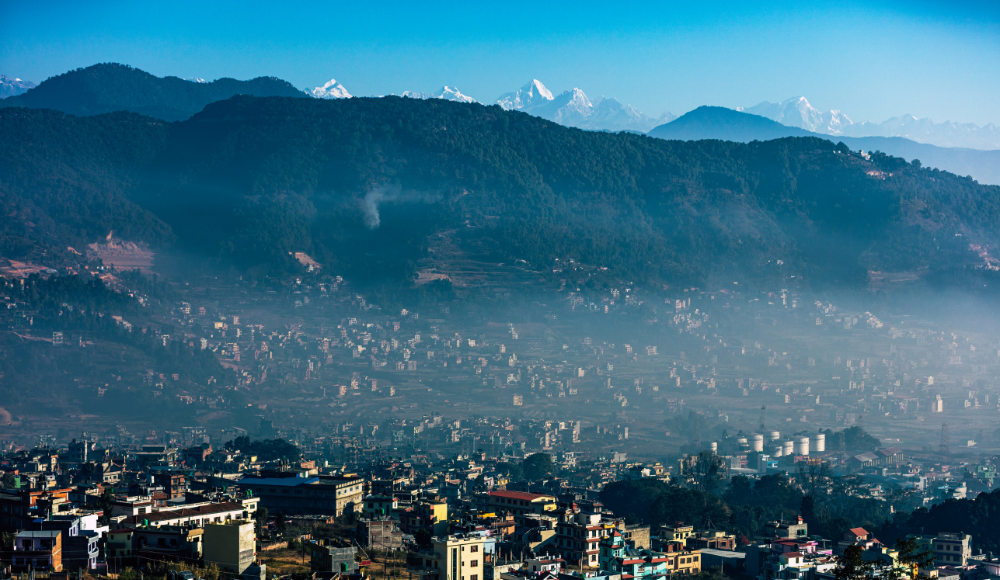
The main attractions of this extraordinary vantage point are the expansive vistas of the Kathmandu Valley and the Himalayan peaks that extend from the Annapurna to the Everest region. Visitors can enjoy some kid-friendly activities in a relaxed setting. The resort is a fantastic spot to visit close to the Kathmandu Valley because it provides lodging, a cable car, and other amenities.
If you're a curious person looking to experience more of Nepal's natural beauty, then it's time to hit the trail. Kathmandu is a popular destination for those who want to take in the sites and explore one of the most exciting cities in South Asia. The city is bursting with everything from temples, museums and monuments to curiosities like rickshaws. However, when all that activity becomes too much, stop by or hike to these scenic spots for some contemplation of Nepal’s natural landscapes.
The Shivapuri Nagarjun National Park (159 square kilometres) is located on the northern outskirts of Kathmandu Valley, approximately 12 kilometres from the capital city. In 2002, the region was designated as the eighth national park in the country. It was governed by the Shivapuri Watershed Development Board before being designated as a national park, and it was subsequently named the Shivapuri Watershed and Wildlife Reserve.
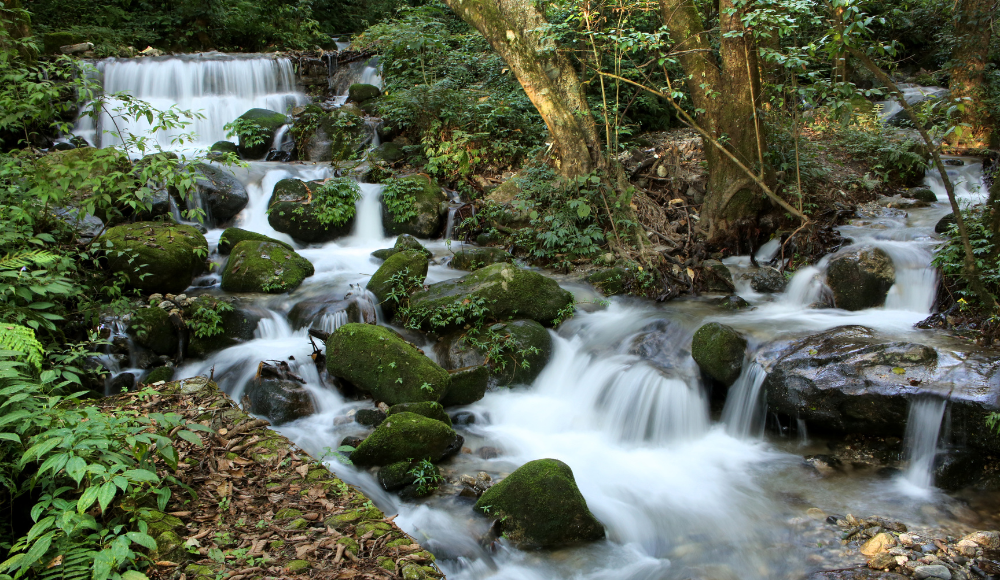
The park is also a stopping point for treks to Nagarkot, Gosaikunda, Helambu, and Langtang National Parks. The park contains a number of Buddhist and Hindu sacred sites. At Baghdwar and Bishnudwar of the park, where the holy rivers Bagmati and Bishnumatii originate, pilgrims from the Kathmandu valley and surrounding areas congregate on Nepalese New Year's Day, which occurs in mid-April. From the northern parts of the park, visitors can experience breath-taking vistas of the high Himalayas. The southern hills of the park offered sweeping views of the Kathmandu Valley.
The Baghdwar is located around 1.5 hours above Nainki Gomba. This is a revered pilgrimage site for both Hindus and Buddhists, and there are various hermit caves, Buddhist sculptures, Shiva statues, as well as Shiva-linga and naga stone carvings. It is a popular hiking spot near Kathmandu valley and many people’s favorite day to escape from the bustling Kathmandu. It could be a perfect sightseeing and hiking spot near Kathmandu where you will be exploring the lush beauty of mountains and greenery and waterfalls.
One of Kathmandu's main conduits, the Bishnumati River, has its source in Bishnudwar. For both Hindus and Buddhists, Bishnumati, or "Beloved of Lord Bishnu," has profound religious and cultural significance. The hike to Bishnudwar, which is 1,950 meters above sea level, begins in Budhanilkantha, Kathmandu. Budhanikantha is accessible via drive and the hiking begins right from this place. It takes about 2-3 hours of hiking to reach Bishnudwar and you will be exploring beautiful landscapes, greenery, birds and butterflies, flora and fauna and waterfalls.
Shivapuri Day Hiking is an excellent day hike near Kathmandu to explore the Langtang Himalayan range and enjoy the natural beauty of the area. The Shivapuri National Park, one of Kathmandu's water resources, is also home to thousands of species of flora and wildlife, making it a haven for anyone who enjoys watching birds. The hiking is admired for being the quick escape from Kathmandu and known for the spectacular sceneries it offers. The hike begins at Muhanpani, which is very close to the Budhanilkantha temple, and continues along the road to Nagi Gompa, where hundreds of monks live and study.
Sundarijal is a place where you can enjoy waterfalls, a lush green forest, endless trails for nature lovers, mountain bike rides, and even canyoning. It is named after the Hindu Goddess Sundarimai and houses the Krishna and Ganesh Mandirs (temples). In addition, the dam built there has become a significant source of water supply and electricity to the Kathmandu valley, with water supply stations and Sundarijal Hydropower providing power. The driveway is accessible to Sundarijal and you may want to hike a few minutes to reach the waterfall. The peaceful and natural surroundings makes this place an amazing attraction near Kathmandu valley.
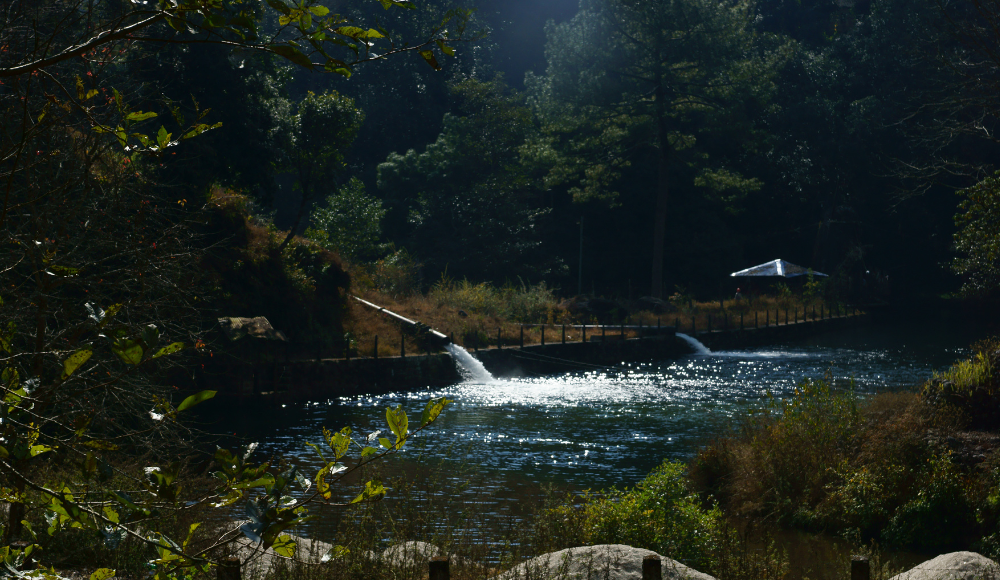
The Nagarjun Jamacho Gompa Trekking Trail is a short and pleasant hiking route that is about 3 kilometres from Kathmandu. Previously known as Nagarjun forest, the region is now a part of Shivapuri Nagarjun National Park. Numerous visitors are drawn to Jamacho Gompa from the nearby Kathmandu valley by its alluring ambience. The forests and wildlife in the Jamacho are guarded by the Nepalese Army, are unspoiled, adventurous, and fascinating and provide breathtaking views of the Himalayas, and the Kathmandu valley, as well as a great variety of flora and wildlife.
For those who don't want to go on a long journey to appreciate nature and water, Muhan Pokhari, a natural pool, is unquestionably the greatest option. given that Kathmandu is not so far away. From Kathmandu, it will take just one hour to get there. The closest reservoir area from Bhaktapur is Muhan Pokhari, which is 20 km from Kathmandu. From here, Nagarkot, Sudal, Nala, Kalamasi, Shanga, and Sankhu of Bhaktapur are accessible and the plan can be extended to these places.
A spectacular yet often overlooked topographical feature, lakes in Kathmandu Valley are not only a fantastic place to cool off during the hot months but also offer an aesthetic break from the monotony of urban life. From artificial and man-made lakes to natural and pristine mountain bodies of water, this list is certain to provide you with a variety of scenic options for your day out.
A historic man-made pond called Rani Pokhari, which means ‘queen's pond,’ is situated in the center of Kathmandu, Nepal. It was formerly known as Nhu Pukhu, or ‘new pond.’ The square-shaped tank was constructed in the 17th century on the eastern edge of the previous city limits. It is located next to a former city gate. The pond, one of Kathmandu's most well-known sights, is revered for both its aesthetic and religious significance. It is encircled by a clock tower, which was constructed by Bir Shamsher Rana, and the Tri Chandra College, which was constructed by Chandra Shamsher Rana. Similarly, Junga Bahadur Rana constructed one of Nepal's oldest institutions, Durbar High School, to the west of Rani Pokhari. In the centre of Rani Pokhari, there is a temple dedicated to Balagopal Mahadev. On the day of Bhai Tika, this temple is open just one day a year.
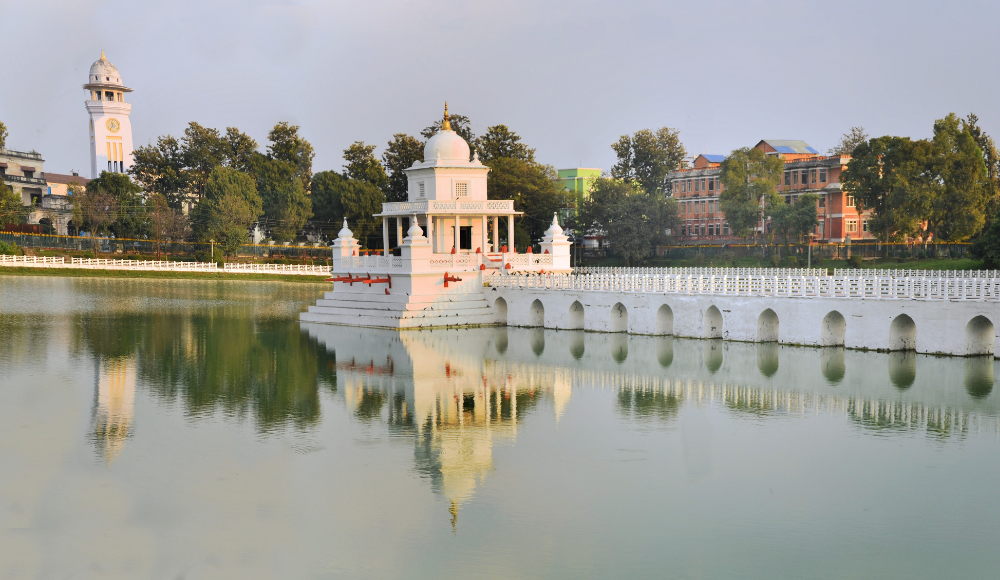
Siddha Pokhari has always been a place to unwind and spend time with friends and family, whether it is during the week or on the weekends. The pokhari (pond) is primarily well-known for its sunrise views. Siddha Pokhari, also known as Ta-Pukhu, is thought to have been built in the early fifteenth century, during the reign of the medieval king Yakshya Malla. This man made pond is 171 meters long, 73 meters broad, and approximately 3 meters deep.
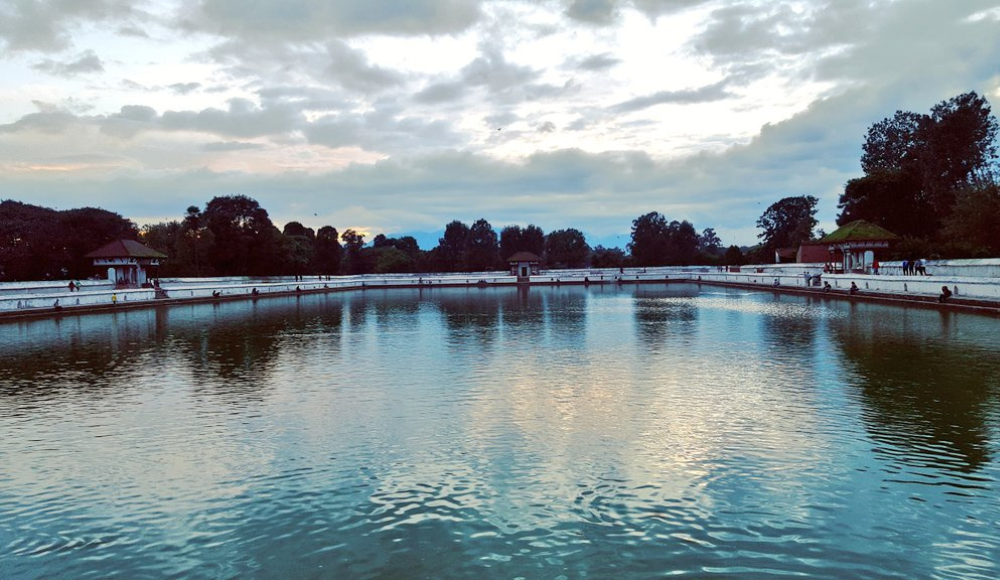
Nagdaha is a natural pond in Nepal's Kathmandu Valley's Dhapakhel Village Development Committee (VDC) of Lalitpur District. The lake is around five hectares in size, and its primary source of inflow is a natural spring. As per an interesting legend, while a male serpent resides in Taudaha, a female serpent dwells in Nagdaha. The male serpent makes an annual pilgrimage to Panauti during the rainy season to take part in a festival (Jatra). There are many other legends associated with the formation of this beautiful lake.
Kamal Pokhari is a beautiful pond situated in Hattisar. It is a nice place for an evening stroll as there are pavements made for ease. In the middle of the city, the atmosphere is vibrant and morning and evening walks to this place can be refreshing. It is said to have some spiritual and religious significance.
The adjacent Jagamadu pond often referred to as Pimbahal Pukhu and thought to be about 600 years old, is a beautiful lake in the middle of Patan town. There is a claim that the pond has no bottom. The Pimbahal pond is said to be neither natural nor man-made, according to an old mythology. Lakhes is said to have created it. It is a nice place to spend some time while strolling around the old city.
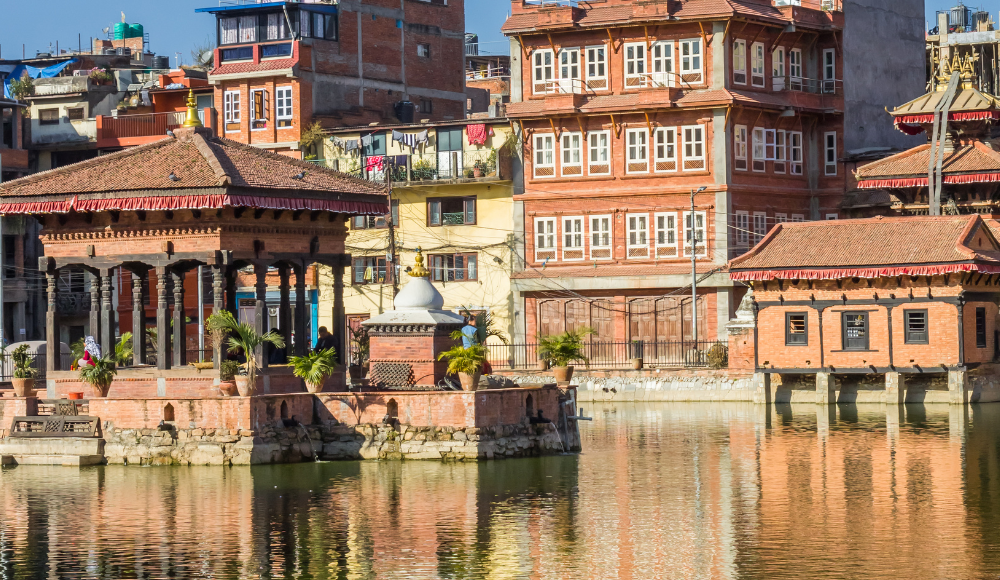
It doesn't matter if you want to go jogging through a well-manicured park on a sunny Sunday morning or enjoy a leisurely afternoon in your own garden with a cup of tea. If you love natural beauty and being outside, there is sure to be a park or garden that can fit your needs.
Kathmandu Valley has a rich history of gardens and parks dating back to the days of the Rana dynasty, some of which were built by the administration, and others were constructed by local people, conservationists and foreigners.
As the name suggests, the garden of dreams is a genuinely exquisite garden with breathtaking beauty. It is a well-known site for some leisure time and recreational activities because of the lovely surroundings and the well-known tourist destination. This garden shares certain similarities with formal European gardens, and the stunning architecture draws many visitors in with the beauty it portrays. The experience is fantastic, whether you're strolling around the sidewalks or giving your companion a comfortable place to relax.
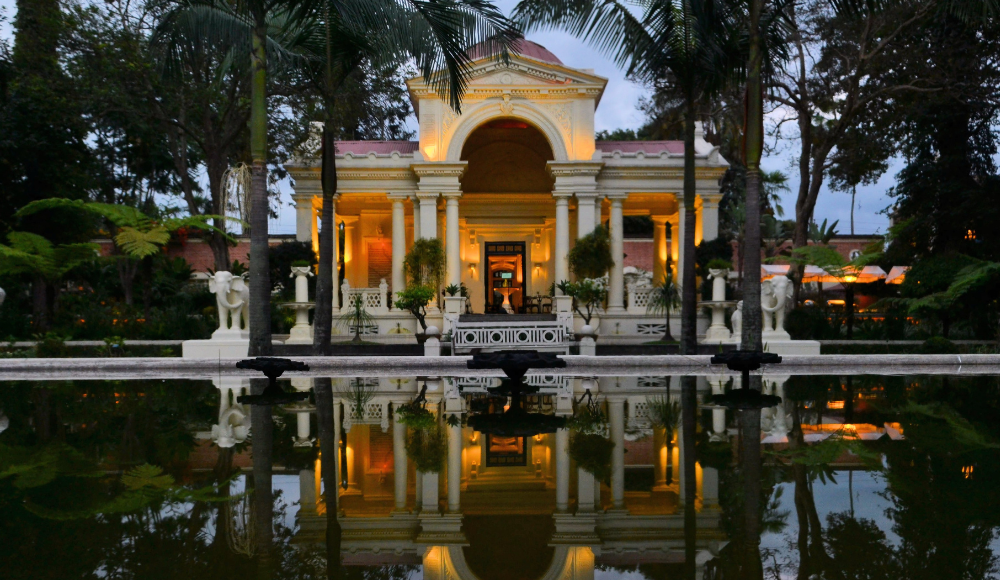
In Thankot, on the southwest corner of Kathmandu, sits Tribhuvan Park, a public park. The distance to Kathmandu's Ring road is roughly 3.3 kilometres. The park's actual footprint measures 1.3 square kilometers and includes a sizable portion of Thankot. With its picnic area and ethereal green grass, this park provides you with a stunning panorama. It is the ideal location to soak in the peaceful surroundings and beauty of the greenery. It is surrounded by the Chandragiri Hills’ blanket.
Ranibari park is one of the most beautiful community forests near Lazimpat of Kathmandu valley. It is a perfect spot to go on a morning or evening walk or just stroll around in your free time. The forest, which is situated near Kathmandu Metropolitan City-3, covers an area of 6.95 hectares. The woodland is being managed and preserved as a community forest after being used by the previous rulers for various religious purposes.
The National Botanical Garden was founded in 1962 AD. Two British architects, Geoffrey Herklots and Tony Schilling created the landscape for this stunning botanical park. It is well-known for being a hub for plant conservation, education, research, exhibition, and recreation. Its 82 hectares of varied topography are divided into 40 hectares that have been turned into various garden sections. It is roughly 16 km southeast of Kathmandu and situated at the foot of Phulchowki. Godawari, a natural creek, flows through the centre of the garden. It is a perfect spot for recreational, educational, and picnic visits near Kathmandu valley.
Central Zoo is one of the best attractions in Kathmandu, Nepal. It is in the Lalitpur district of Jawalakhel. A total area of 6 hectares is devoted to the zoo. Many mammals, birds, reptiles, and fish are protected in the zoo area and people can visit the zoo.
Juddha Samsher, the late prime minister of the Rana, founded it in 1932. It was a private zoo at first, but in 1956 it became a public attraction. The best illustration of ex-situ conservation of wildlife can be found in the zoo. Small kids' play zone, various wild species and some peaceful time in the bustling city makes this place a wonderful attraction to explore.
The city of Kathmandu is a hub for shopping, and you will find everything from traditional Nepalese handicrafts to international high-street brands. The streets surrounding Durbar Square are the best place to find shops selling Tibetan items, while Boudha and Thamel house most of the shopping malls. You'll find imported goods in these places, in both large and small sizes. However, the shopping malls have a good collection with a concept of all in one. So, if you are looking to explore the shopping experience in Kathmandu, be sure to explore some shopping malls in Kathmandu valley.
The Labim Mall is a beautiful example of stylish modernity supported by ancient Nepali values of hospitality, compassion, and respect. It is situated in the center of Lalitpur at the entrance to the historic Patan Durbar Square. You will enjoy an exclusive shopping experience from 70 premium brands on more than 200 000 square feet, as well as a world of opulent accessories where different brands display their creations.
Sherpa Mall, situated in Durbar Marg, is very well-liked by the young adult audience since it provides a fantastic combination of dining and shopping. You may properly shop for clothing, shoes, fashion accessories, gadgets, sports equipment, and many other items at Sherpa Mall. Sherpa Mall is a well-known location for both shopping and socializing.
Chhaya Center is a multi-faceted mega complex with a built-up area of 3,50,000 square feet and an area of 86,000 square feet, hosting 200 retail outlets for major national and international brands. Along with QFX, a well-known movie theatre company in the Capital, some 100 shops are operating in the complex. The Aloft by Marriott is another key part of the centre.
Vishal Bazaar is an important shopping area that has some history and is known for its widespread marketplace. When the then-King Mahendra visited large department stores abroad, he ordered the construction of a massive market in Nepal a contemporary structure to promote shopping and boost economic activity. Nowadays, it is a popular place to buy clothes, jewellery and daily life items in the New Road area.
|
Places |
Entrance Fees for SAARC |
For Foreigners |
|
Kathmandu Durbar Square |
NPR 150 |
NPR 1000 |
|
Patan Durbar Square |
NPR 250 |
NPR 1,000 |
|
Bhaktapur Durbar Square |
NPR 500 |
US$ 15 or NPR 1,500 |
|
Swayambhunath Temple |
NPR 50 |
NPR 200 |
|
Pashupatinath Temple |
NPR 1,000. Free for Indian Nationals |
NPR 1,000 per day per entry |
|
Jalnarayan Temple |
N/A |
N/A |
|
Changunarayan Temple |
NPR 100 |
NPR 300 |
|
Chandragiri |
N/A (Cable Car Charge Applied) |
N/A (Cable Car Charge Applied) |
|
Boudhanath Stupa |
NPR 100 |
NPR 400 |
|
Narayanhiti Palace Museum |
NPR 500 |
NPR 1000 |
|
Garden of dreams |
NPR 200 |
NPR 200 |
|
National Museum |
NPR 50 (NPR 75 for camera, NPR 150 for video camera) |
NPR 150 (NPR 100 for camera, NPR 200 for video camera) |
|
Godawari Park |
NPR 57 (NPR 23 for children below 10 years) |
NPR 200 (NPR 150 for children below 10 years) |
|
Central Zoo |
NPR 250 (NPR 150 for children 4-12 years ) |
NPR 250 (NPR150 for children 4-12 years ) |
The Kathmandu Valley is a world-renowned and treasured site for its cultural tapestry of Hindu and Buddhist temples, palaces, and monuments. And with the recent introduction of adventurous day tours offered by us you can now venture out of the city to enjoy some of these sacred sites without having to take on the daunting task of trying to take measures to find conveniences. We’ll plan the trip for you and also can combine these trips to your plan to make your sightseeing experience a wholesome and memorable one.
A specially created package called the Chandragiri Hill Day Tour will take you to the recently opened hill resort. This location is the ideal destination for adventurers who want to see the magnificence of Nature without having to worry about the ambiguities and delays associated with public transit.
From a height of 2500 m, Chandragiri Hill Station offers a spectacular aerial view of the Kathmandu Valley encircled by its concrete topography. In addition to that, one may explore the expansive vista of the Everest, Langtang, and Annapurna ranges.
Find the Trip Here: Chandragiri Day Trip
The Kathmandu shopping trips provide the opportunity to purchase items such as pottery, jewelry, clothing, antiques, electronics, paintings (Thanka), Pashmina, carpets, and more. You will be accompanied by a shopping guide who will help you explore the local market and Malls in Kathmandu valley.
Find the Trip Here: Kathmandu Shopping Day Tour
Nagarkot sunrise tour takes you to explore the beautiful vantage point and a dawn that is best explored from this place. It is also a wonderful place to explore the mountain vistas including Everest and several other mountain panoramas. Hills covered with pine trees are heavily wooded all around Nagarkot. This is a lovely getaway into nature where the only sounds to bother you are the wind and the rustling sound of the leaves, away from the hectic and concrete jungle of the capital city. From Nagarkot, one can also see the superb views of the Indravati River valley to the east and the Kathmandu Valley to the west.
Find the Trip Here: Nagarkot Sunrise Tour
The Pashupatinath temple tour is designed to provide a wonderful spiritual and religious experience to interested people. Mostly Hindu pilgrims and explorers may want to take this trip. It offers a beautiful combination of Hindu religious ceremonies, the last human rites of Hindus on the banks of Bagmati and evening aarti. It is a complete package prepared to make the tourists contemplate the most amazing cultural experience in the greatest Shiva temple - Pashupatinath.
Find the Trip Here: A Day in Pashupatinath
The tour focuses on the medieval history of Nepal. The cultural and historical attractions of Patan Durbar Square, Kathmandu Durbar Square and Bhaktapur Durbar Square are included in the package. This provides a concrete view of how the royal houses functioned in the old centuries and their significant contribution to the culture and traditions of locals.
Find the Trip Here: Durbar Square Tour in KathmanduThe Kathmandu valley is situated in a large basin between the Himalayas to the north and the Mahabharat mountains to the south. Mostly the monsoon winds affect the climate of the Kathmandu valley. The temperature is moderate as it is in the mountain area at an elevation of about 1350 m. As per the weather data provider Weatherspark, the rainy season in Kathmandu is warm, muggy, and partially cloudy, whereas the dry season is pleasant and mainly clear. The average annual temperature ranges from 37 to 84 degrees Fahrenheit, rarely falling below 33 or rising over 89. The best times of year to visit Kathmandu for warm-weather activities, according to the tourist score, are early April to early June and late September to late October.
|
Months |
High |
Low |
Average Temperature |
|
Jan |
65°F |
49°F |
38°F |
|
Feb |
76°F |
61°F |
48°F |
|
Mar |
81°F |
68°F |
55°F |
|
Apr |
83°F |
72°F |
62°F |
|
May |
83°F |
75°F |
68°F |
|
Jun |
82°F |
74°F |
69°F |
|
Jul |
81°F |
72°F |
66°F |
|
Aug |
82°F |
74°F |
68°F |
|
Sept |
81°F |
72°F |
66°F |
|
Oct |
79°F |
67°F |
57°F |
|
Nov |
73°F |
58°F |
47°F |
|
Dec |
67°F |
51°F |
40°F |
Kathmandu is a year-round destination. However, the climate changes with the seasons. The best time to visit is best defined by the activity that you want to explore and the purpose for which you are travelling. So, there’s no best time to visit Kathmandu, just a good time as per the weather. The most appropriate weather is during Spring (March, April, May) and Autumn (Sept, Oct, Nov). During these times, the weather is moderate with clear skies, and better visibility and also you can witness mountains from the capital on clear days. Monsoons can be harsh due to unpredictable rainfall. The winter is also a good time but sometimes foggy climates can obstruct visibility. If you want to explore snowfall in the outskirts of Kathmandu, then the winter season (Dec, Jan, Feb) is the best time to visit Nepal.
Know More: Best time to visit Nepal
our first-hand Himalayan travel experience